... quite a bit, have a look ...
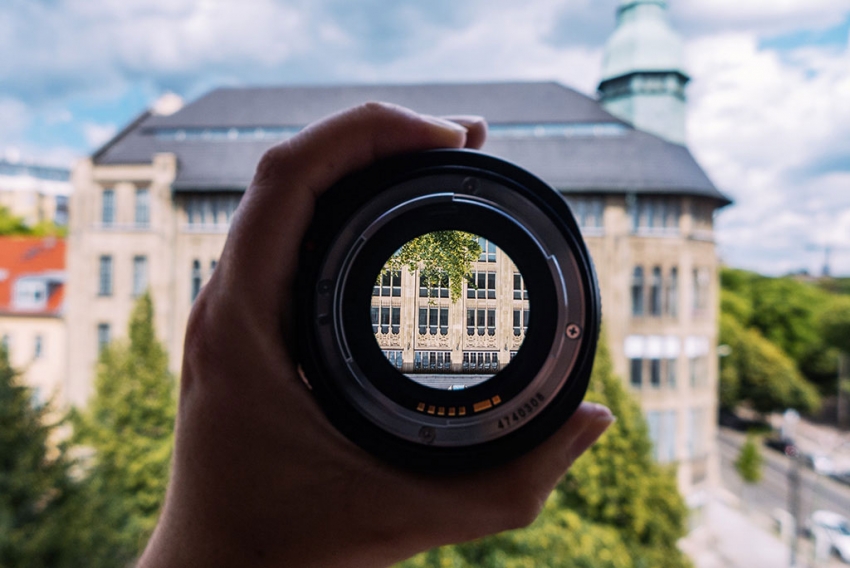
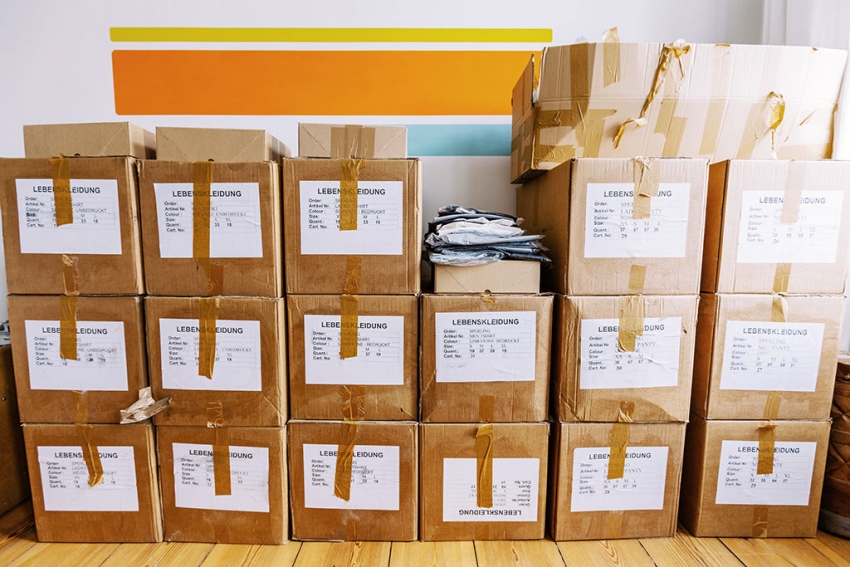
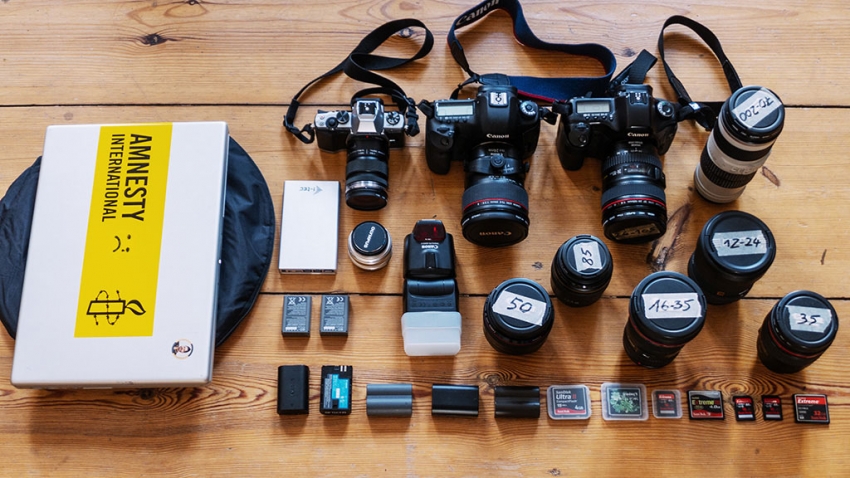
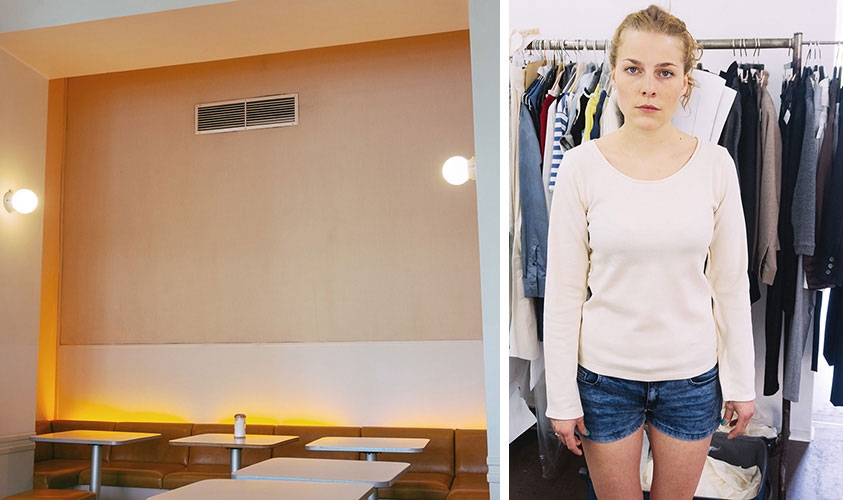
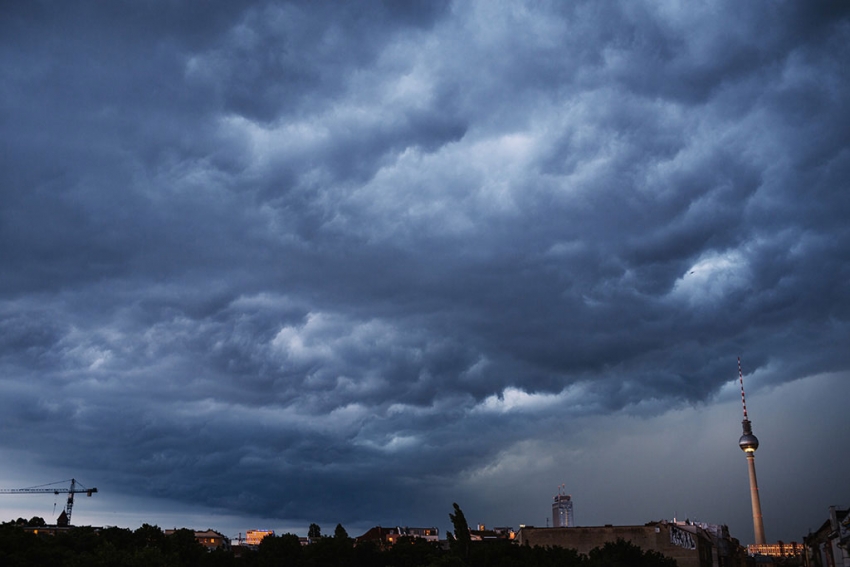
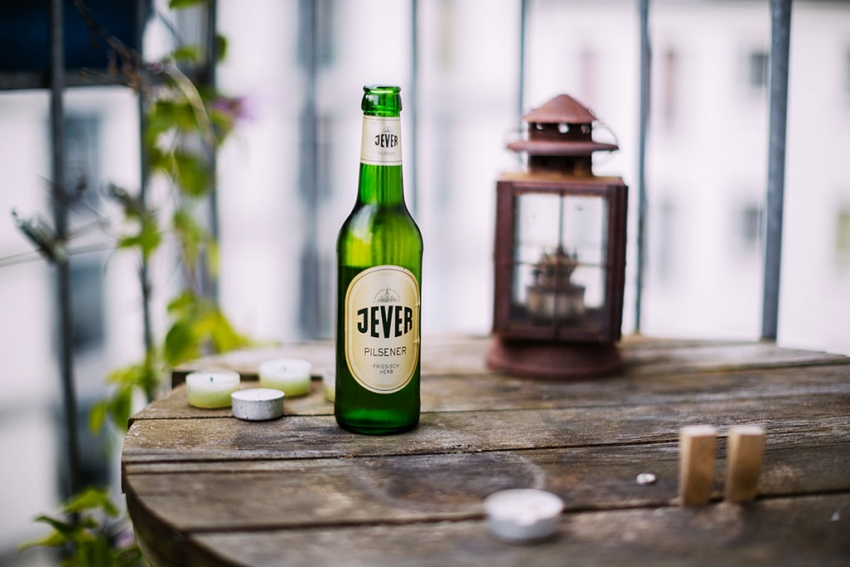
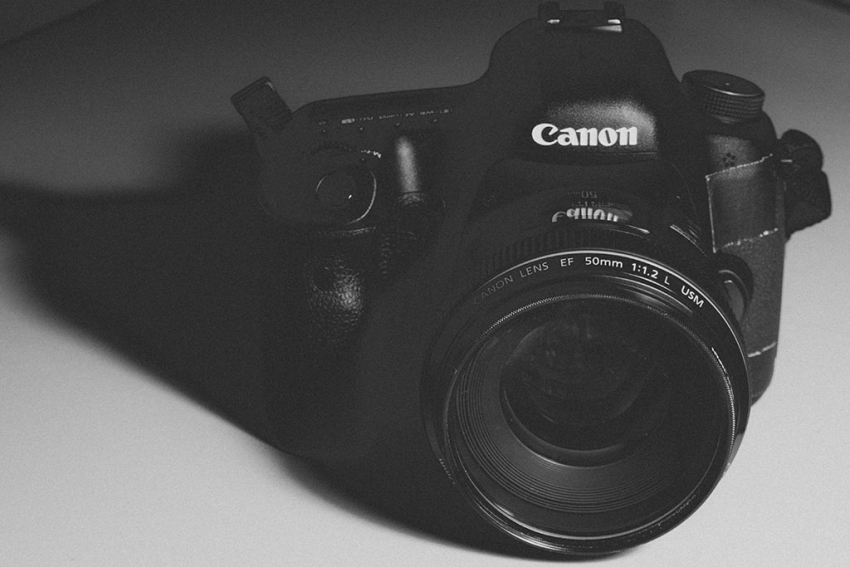


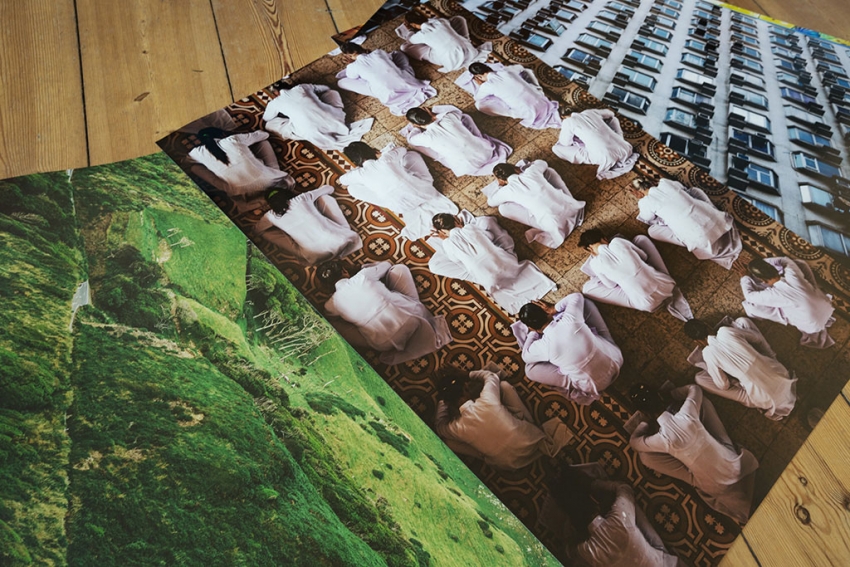
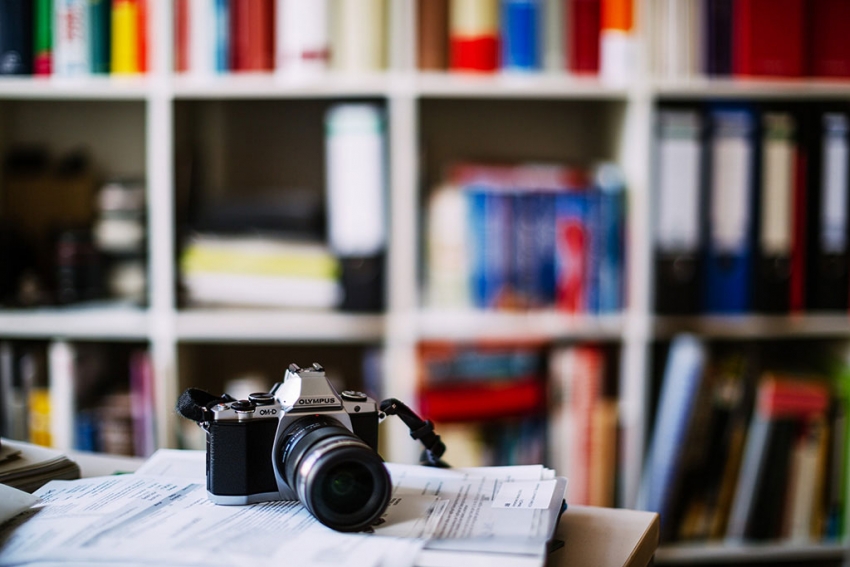
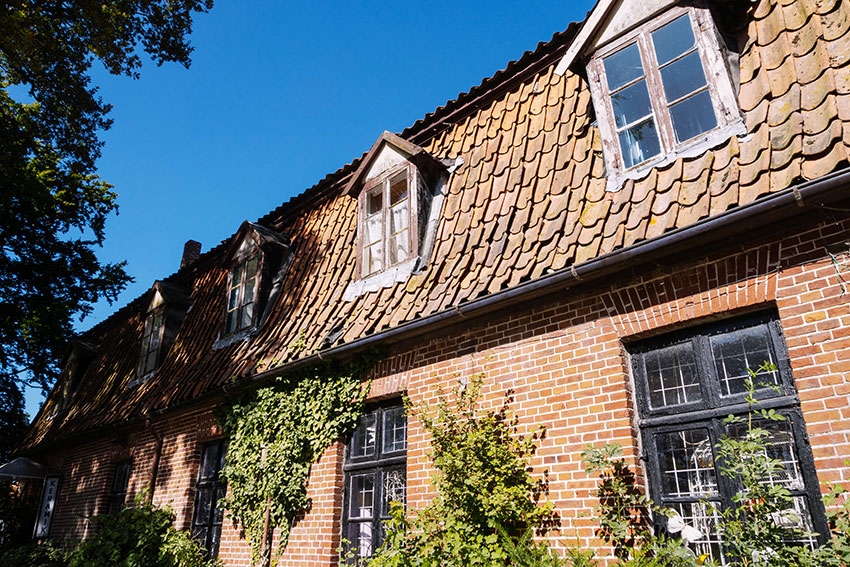

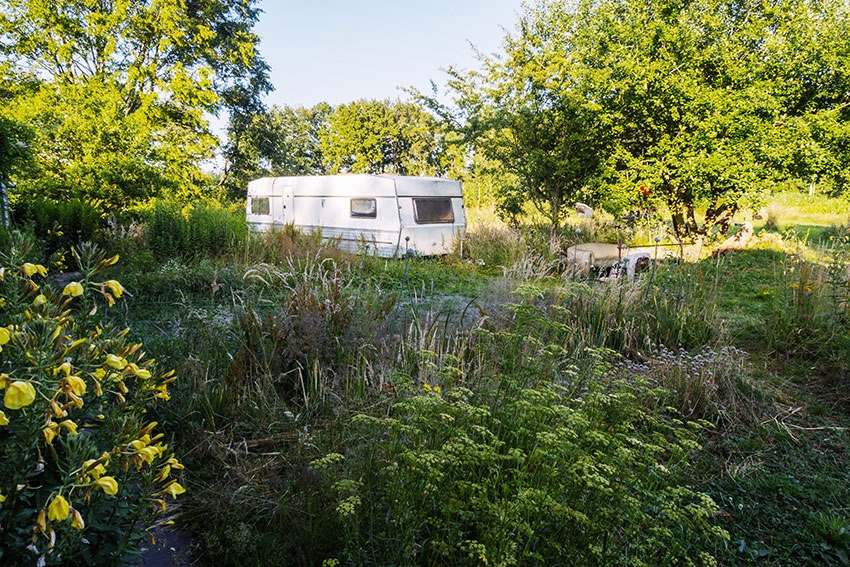
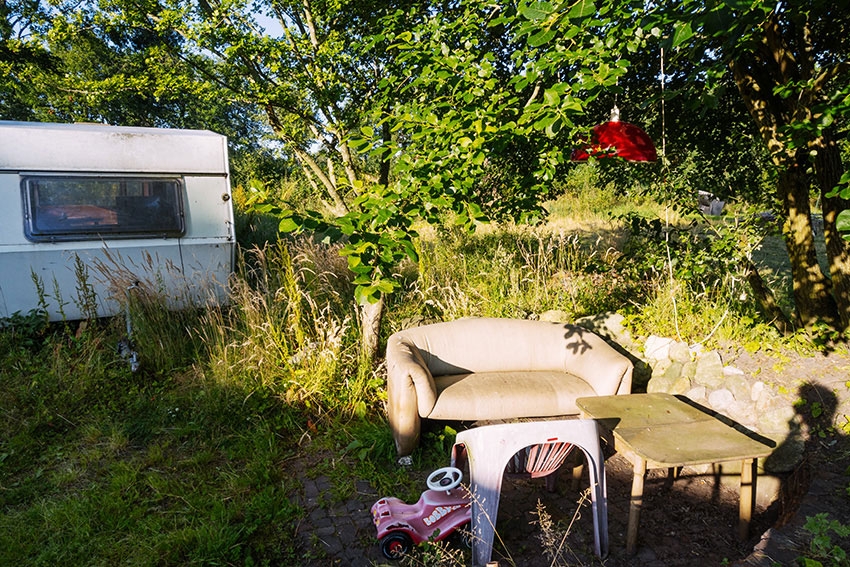
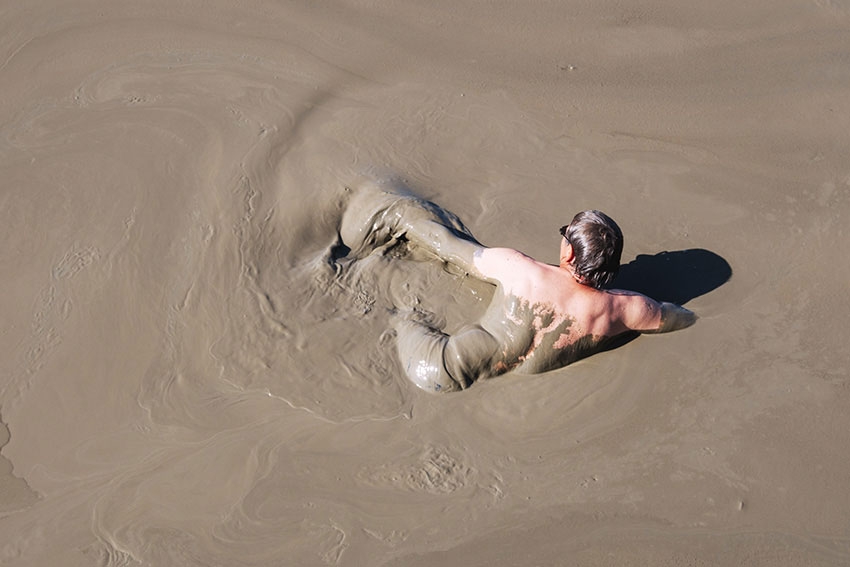
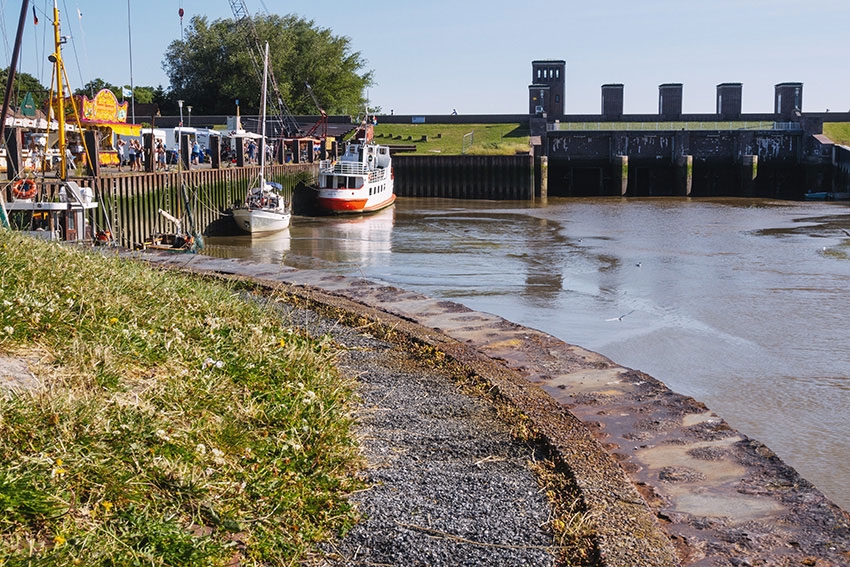
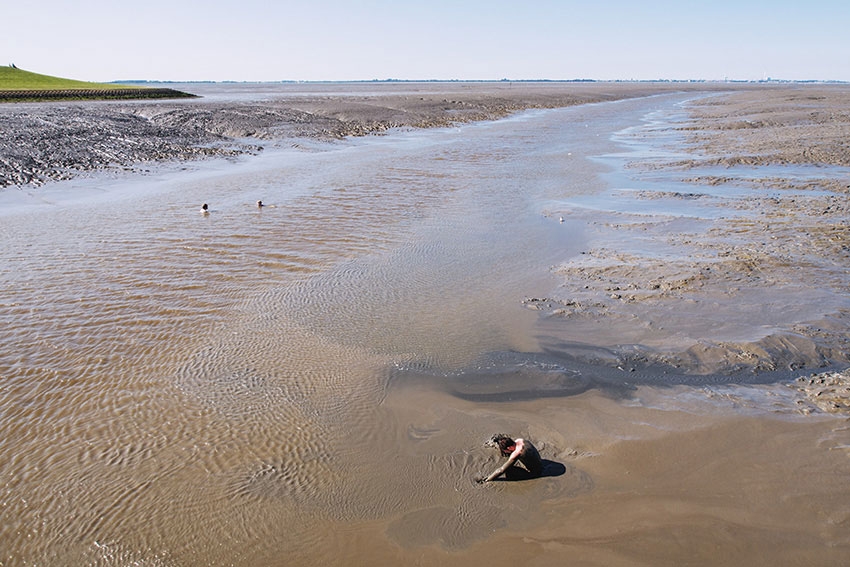
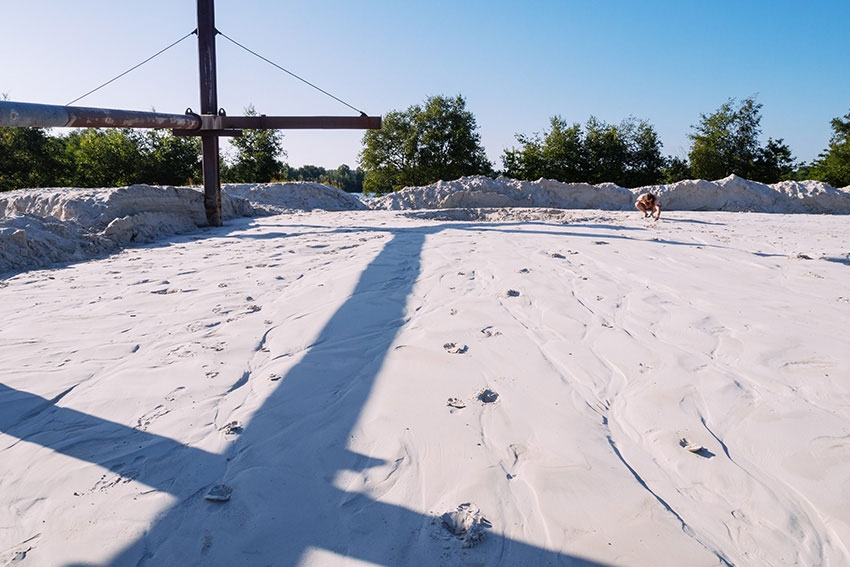
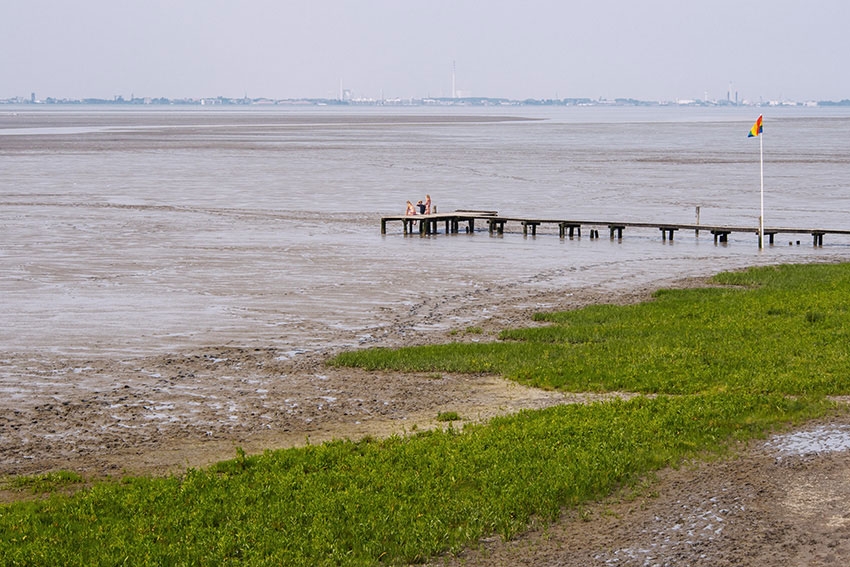
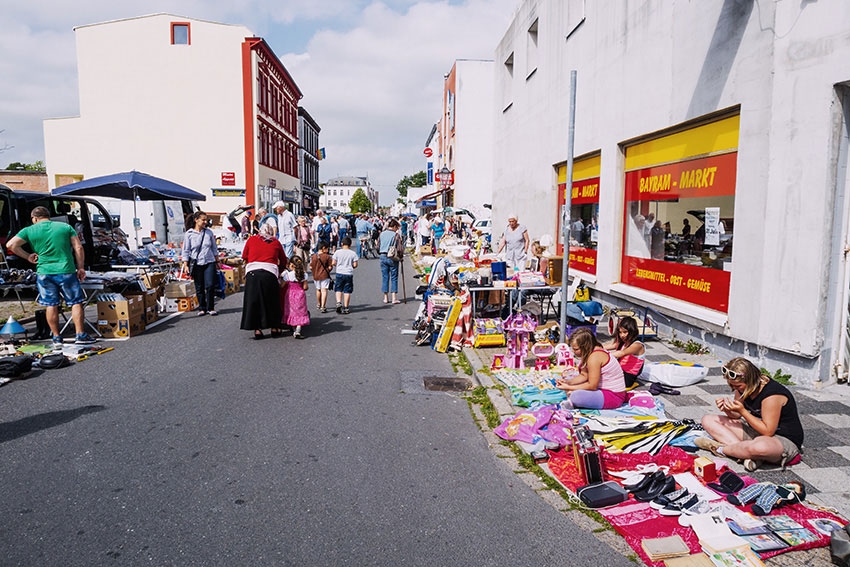
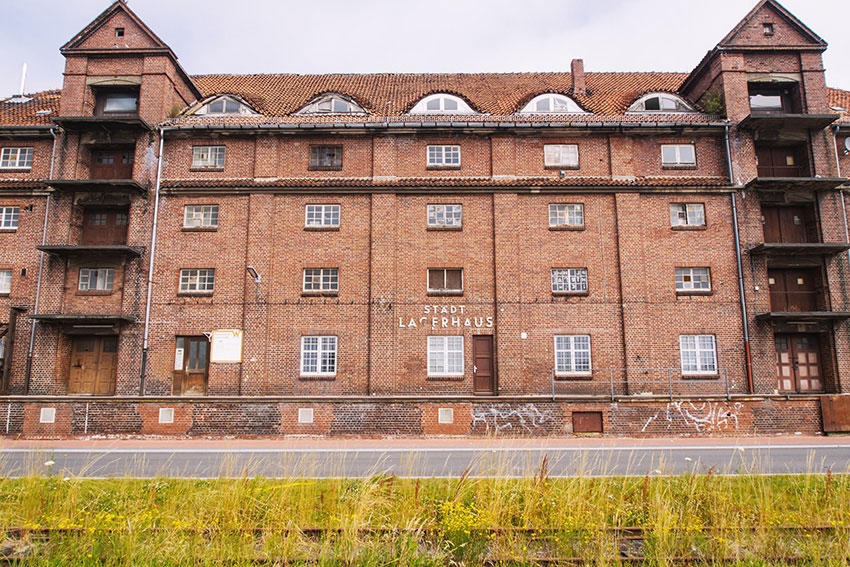
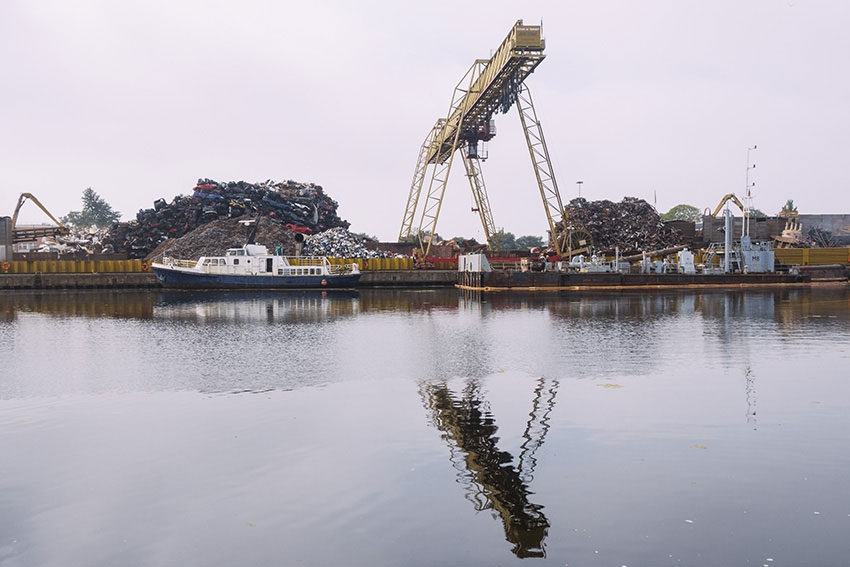

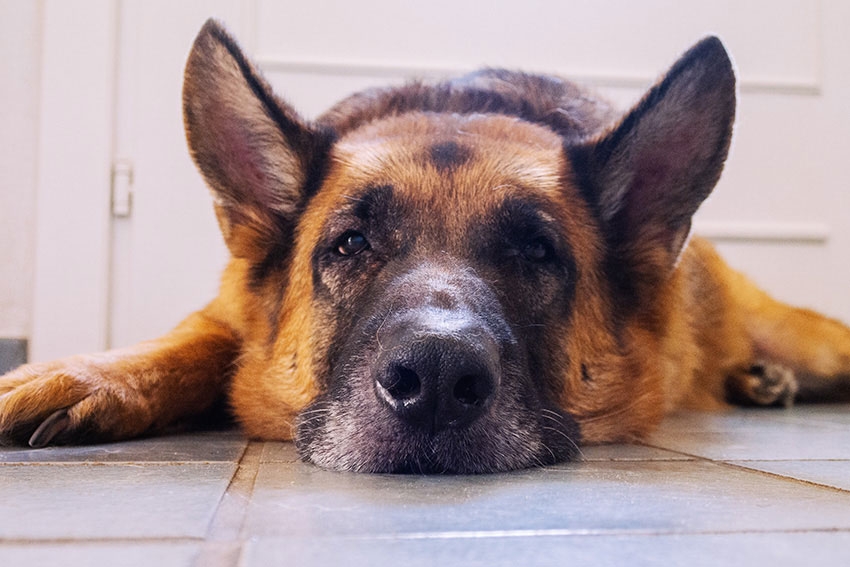
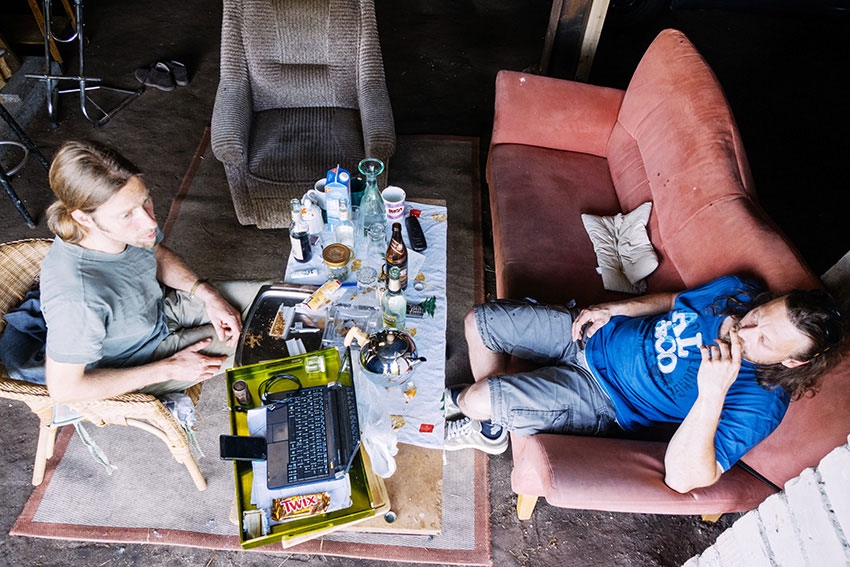

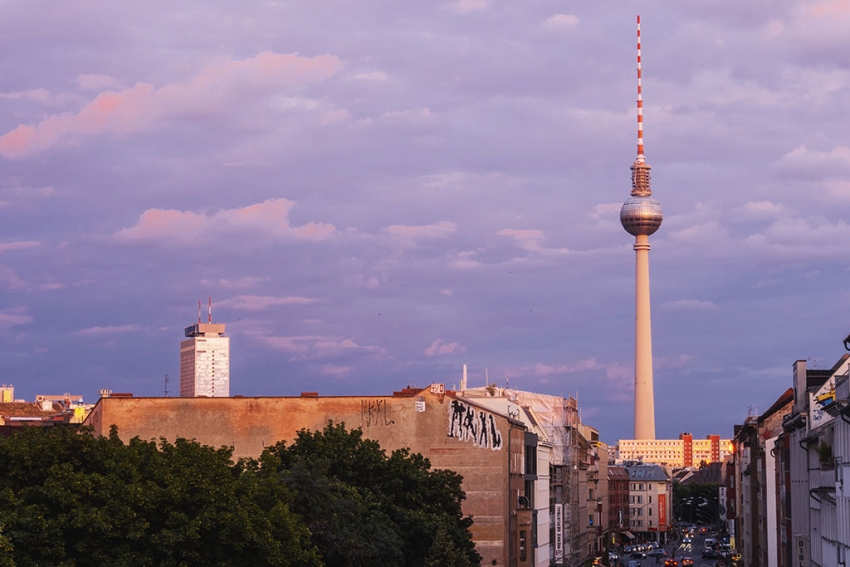
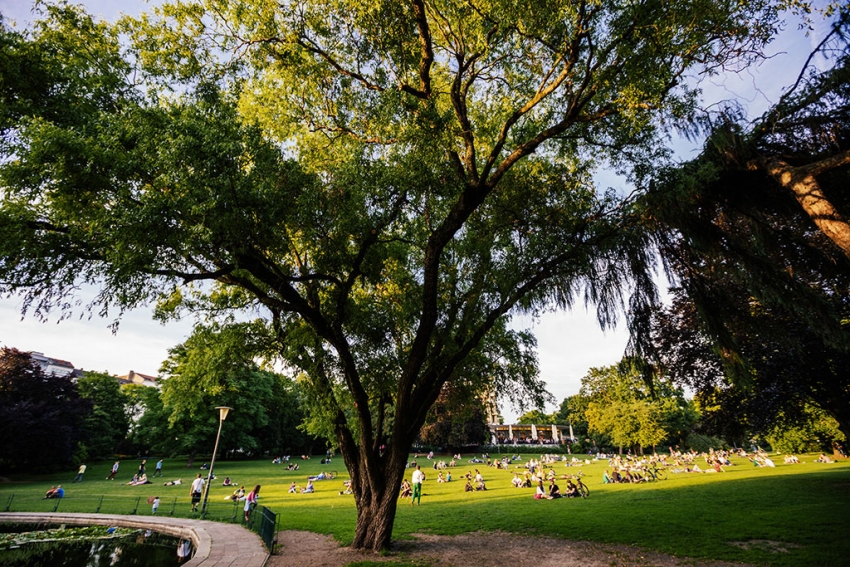
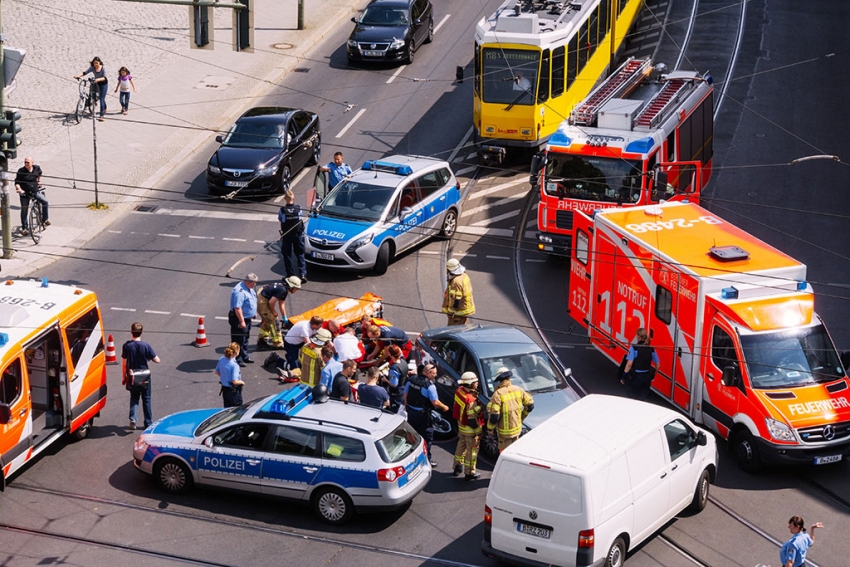
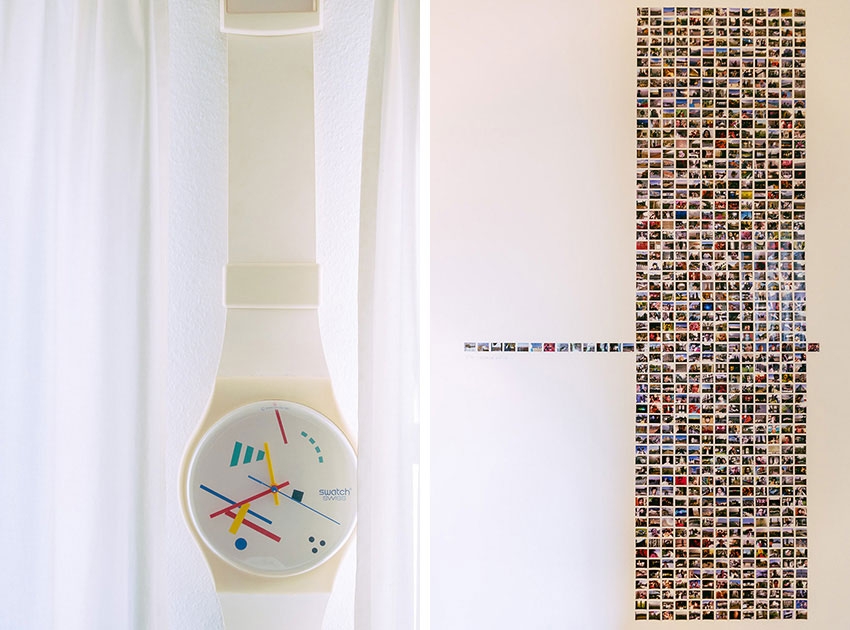
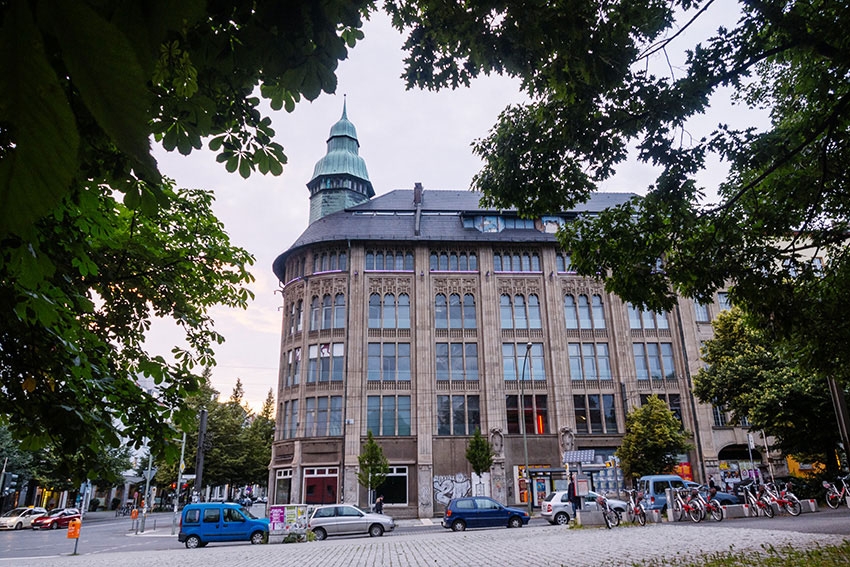
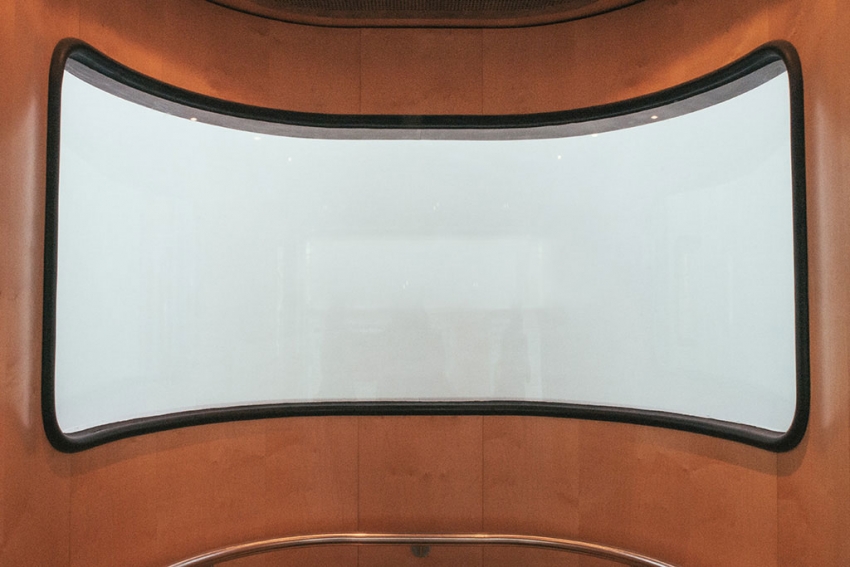
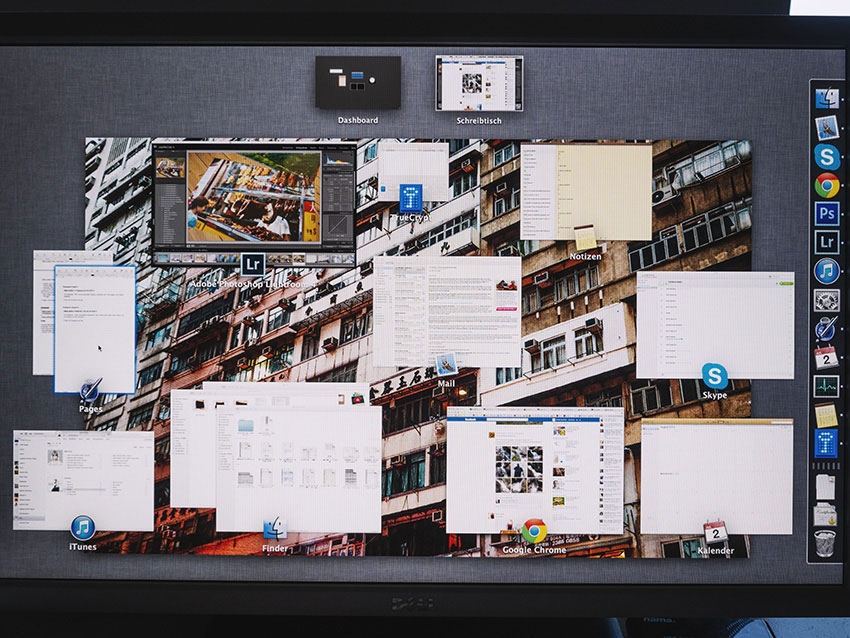
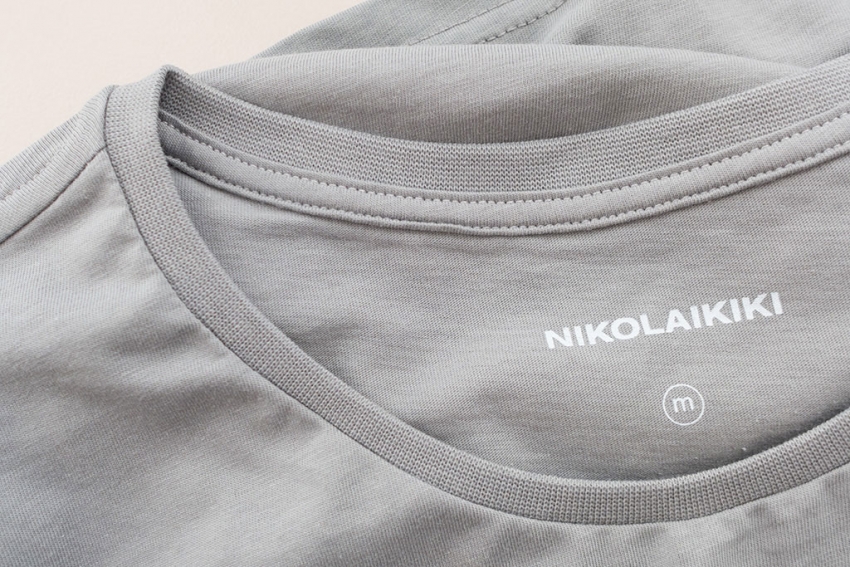
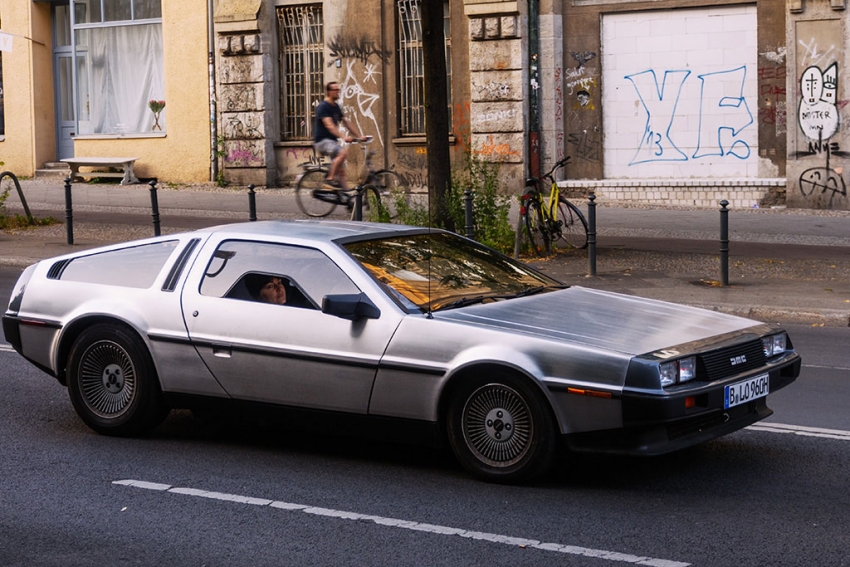
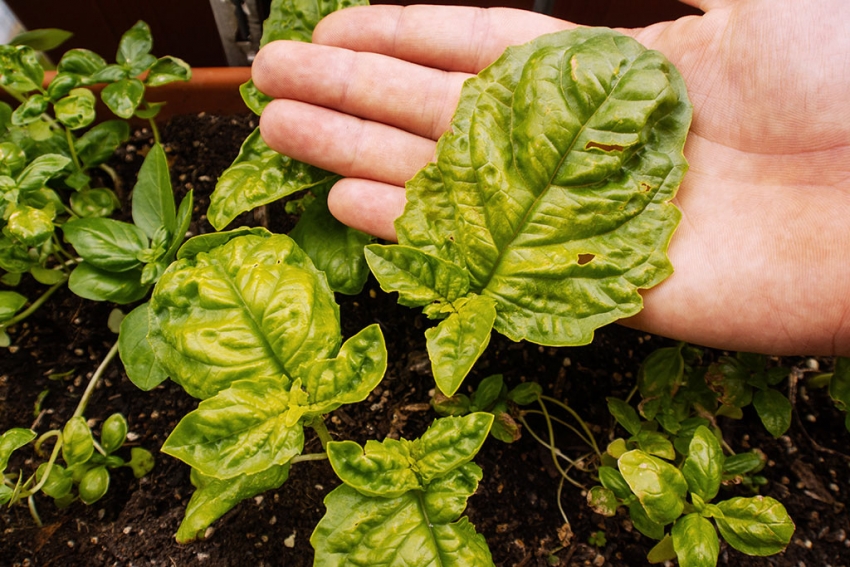
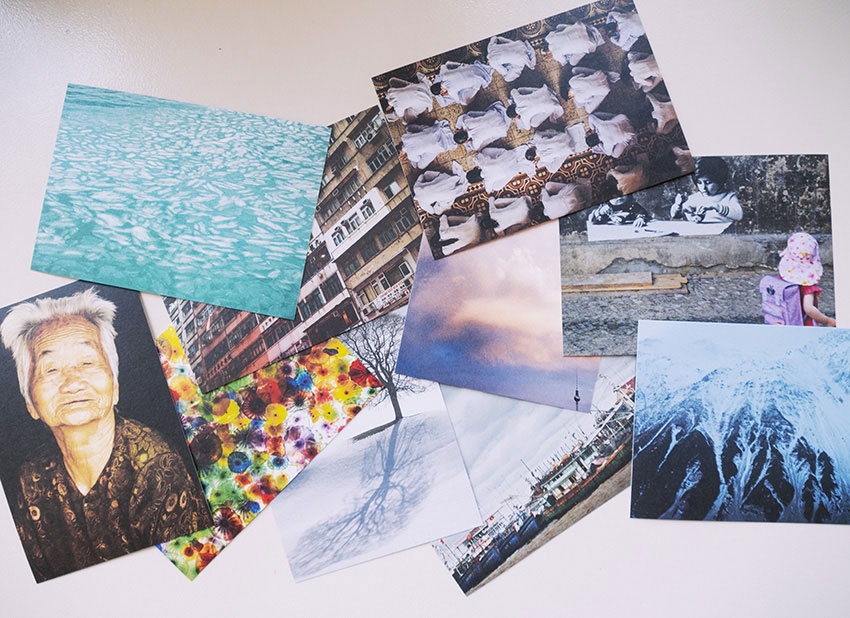
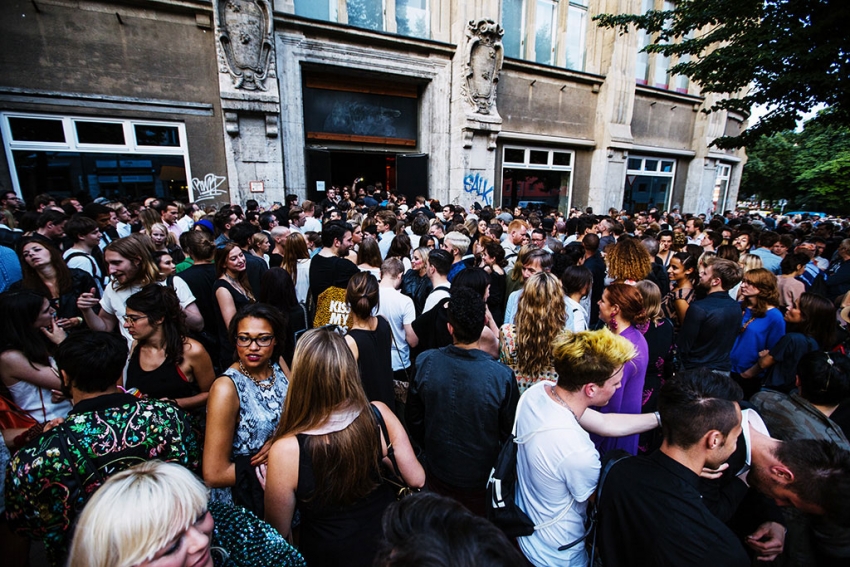


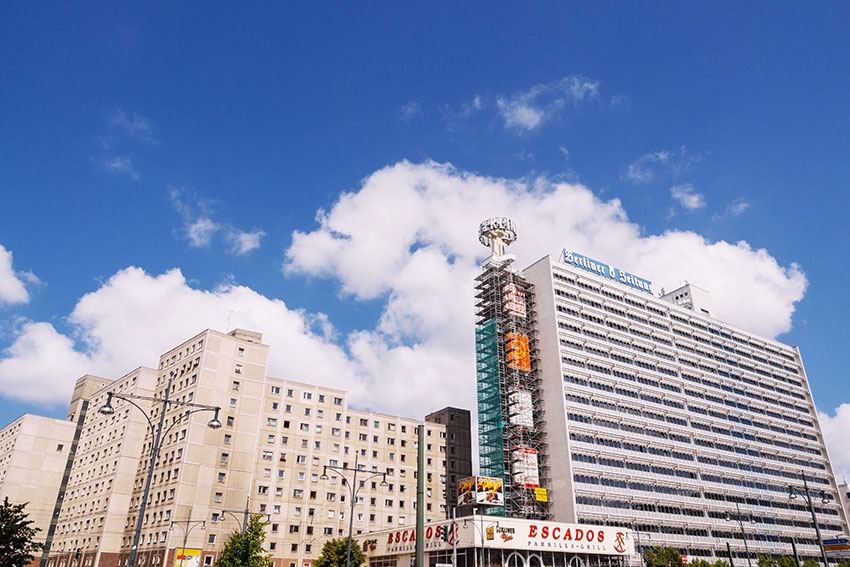
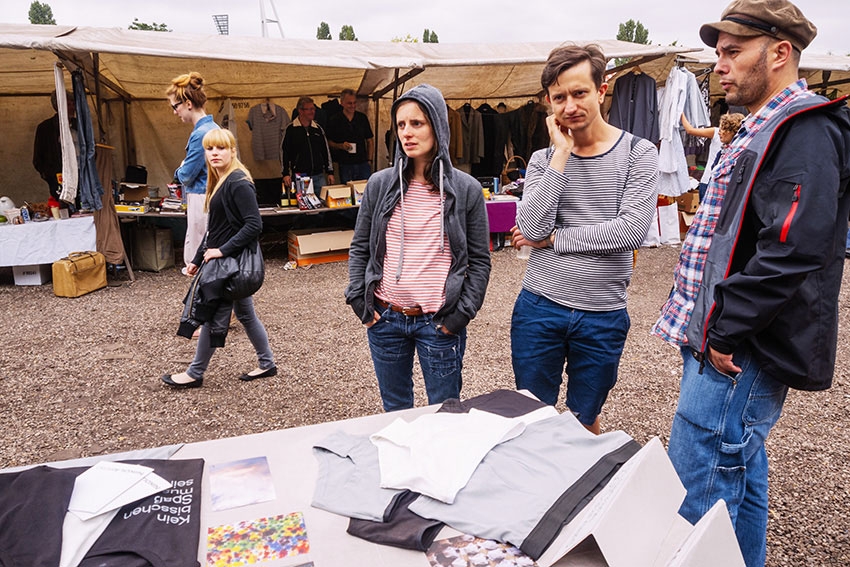

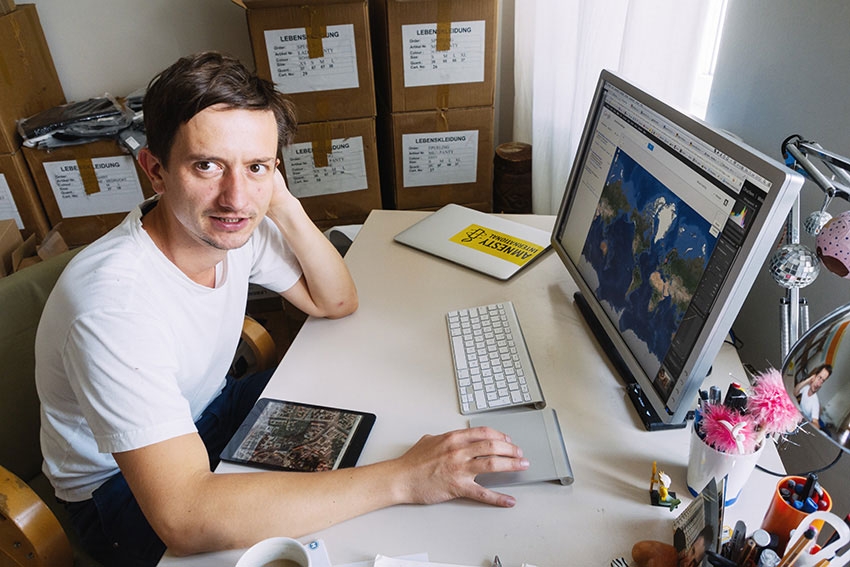

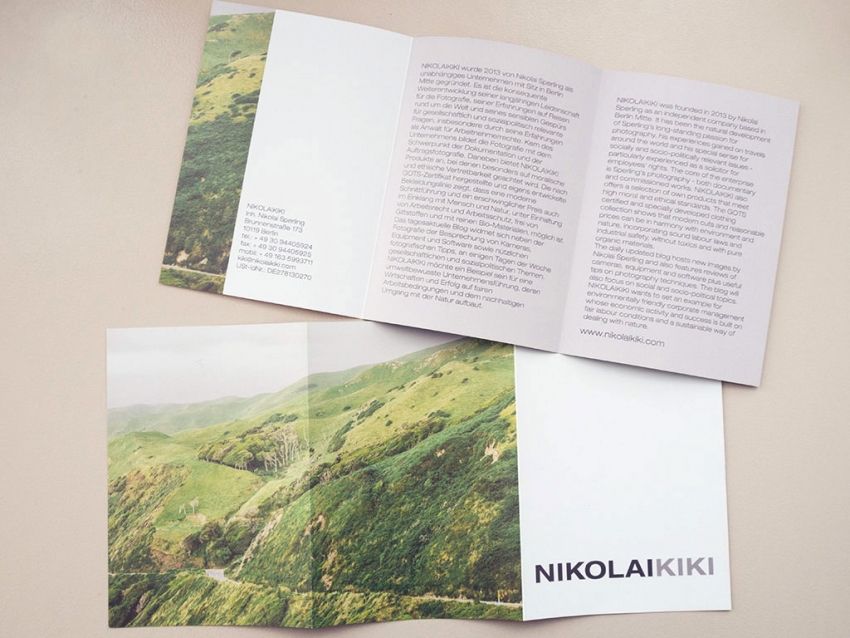

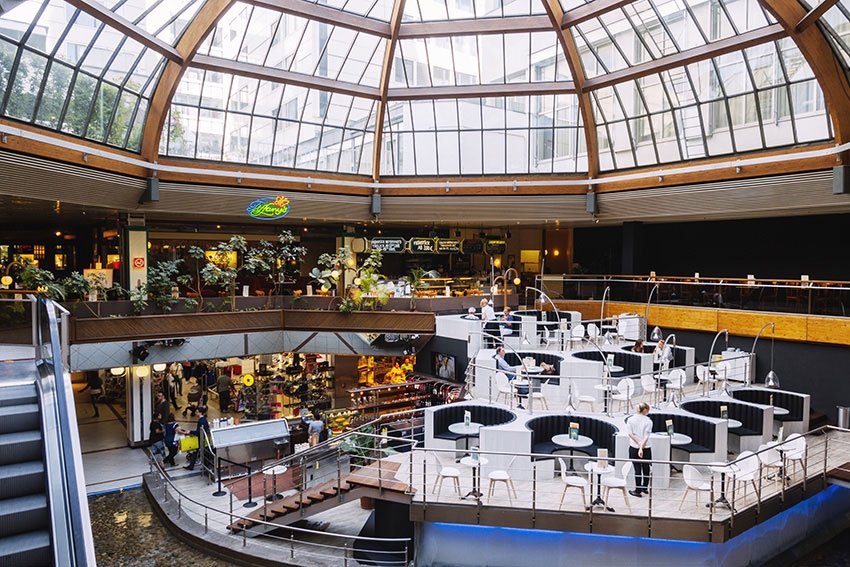
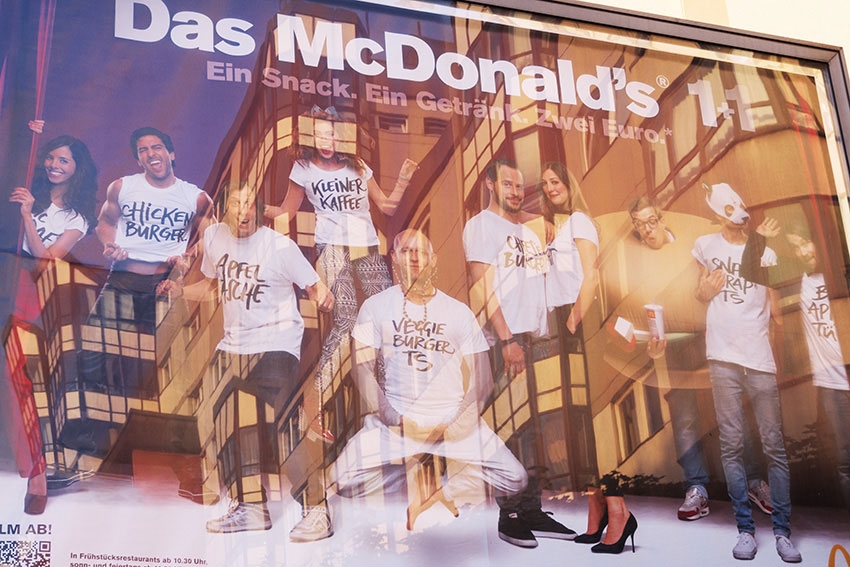
That's it ...
More images next week ...
KIKI
... quite a bit, have a look ...


















































That's it ...
More images next week ...
KIKI

Mittwoch ist Juratag! Sofern ich es schaffe, möchte ich mittwochs über wichtige Arbeitsrechte und Grundrechte aufklären und zwar auf einfache und verständliche Weise.
Gerade Arbeitsrecht ist super wichtig und interessant, weil es das regelt, womit die meisten von uns täglich viel Zeit verbringen, unsere Arbeit. Es gibt die Rechte und Pflichten der Arbeitnehmer und der Arbeitgeber vor und wurde ursprünglich entwickelt, um zwischen diesen beiden Parteien einen Interessenausgleich zu schaffen. Eigentlich ist es aber eher ein Regelwerk, welches zugunsten der Arbeitnehmer geschaffen wurde, weil sie üblicherweise die Schwächeren sind.
Warum sind Arbeitnehmer eigentlich schwächer? Das ist eine gute Frage, sind sie doch ganz klar in der Überzahl, verglichen mit ihrem Gegenüber, den Arbeitgebern. Die Erklärung findet sich vielleicht eher in der Soziologie oder Psychologie und hat etwas mit Machtverhältnissen zu tun. Arbeitgeber sind klassisch diejenigen, die eine Firma, Kapital und finanzielle Möglichkeiten haben. Hinzu kommt, dass Arbeitgeber meist auch arbeitsrechtlich gut beraten sind, weil sie sich Anwälte einfacher leisten können bzw. diese oft benötigen, um Arbeitsverträge richtig auszugestalten oder Entlassungen vorzubereiten. Arbeitnehmer hingegen befinden sich meist schon, was ihre Kenntnisse, Ausbildung oder Beratung anbelangt, in einer unterlegenen Position. Außerdem sind sie finanziell einfach schlechter gestellt, haben oft allein eine Familie zu ernähren oder waren gerade arbeitslos oder drohen es zu werden. Aufgrund dieses Machtverhältnisses ordnen sich Arbeitnehmer oft zwangsläufig dem Arbeitgeber unter und akzeptieren das, was er vorgibt, manchmal auch, um z.B. eine Kündigung zu verhindern. Außerdem haben Arbeitnehmer vielfach einfach nicht das Geld, einen Anwalt, insbesondere nach einer Kündigung, aber auch vor der Unterzeichnung eines zweifelhaften Arbeitsvertrages, zu engagieren.
Hier kommt das Arbeitsrecht ins Spiel. Insbesondere aus gerichtlichen Verfahren, die z.B. Kündigungen, Mutterschutz, behinderte Arbeitnehmer, Auszubildende, aber auch Streiks, Tarifverhandlungen und vieles mehr betrafen, haben sich über die Jahre viele Gesetze entwickelt, die im demokratischen Prozess zustande kamen. Die Gesetze regeln in den meisten Fällen Rechte schwächer gestellter Arbeitnehmer, wie Schwangere, solche, denen gekündigt wurde oder Auszubildende, damit es nicht ständig zu neuen Rechtsstreiten kommen muss, sondern die Arbeitgeber sich bereits im Vorfeld und durch anwaltliche Beratung richtig oder richtiger verhalten, bestimmte Dinge erst gar nicht möglich sind, z.B. eine Schwangere noch kurz vor dem Geburtstermin zu beschäftigen oder einem Arbeitnehmer einfach ohne besondere, gute Gründe zu kündigen.
Für letzteren Fall wurde z.B. das Kündigungsschutzrecht entwickelt. Es schützt Arbeitnehmer vor willkürlichen Kündigungen seitens der Arbeitgeber. Ich werde über das Kündigungsschutzrecht in Zukunft noch genauer informieren, weil es ganz elementare Rechte von Arbeitnehmern regelt und es in der Praxis einfach wahnsinnig wichtig ist, schließlich ist eine Kündigung, anders als für den Arbeitgeber, mit einer ganz gravierenden Veränderung der Lebensverhältnisse des Arbeitnehmers verbunden. Vorausgesetzt die Kündigung ist rechtmäßig und der Arbeitnehmer verliert seinen Arbeitsplatz, ist er erstmal arbeitslos. Auch wenn ihm meist ein Anspruch auf Arbeitslosengeld zusteht, ist Arbeitslosigkeit nach wie vor eine sehr unangenehme Situation, die auch die persönlichen Verhältnisse der Menschen betrifft. Als Arbeitsloser muss man sich dann oftmals, sofern man nicht gleich eine neue Arbeitsstelle findet, vor dem Partner, Freunden oder Nachbarn rechtfertigen. Arbeitslosigkeit kann auch beträchtliche Auswirkungen auf die Psyche der Betroffenen haben und bei längerer Dauer eine große Unzufriedenheit auslösen. Diese Probleme sieht der Arbeitgeber meist gar nicht, muss er natürlich auch nicht, schließlich hat er sich um die Existenz seiner eigenen Firma zu kümmern.
Jedenfalls ist das Kündigungsschutzrecht dafür da, dem Arbeitgeber Kündigungen nur zu gestatten, wenn bestimmt Gründe vorliegen, die in der Person des Arbeitnehmers liegen, z.B. weil er sich wiederholt als ungeeignet für die ihm abverlangte Arbeit erwiesen hat, die aus einem Fehlverhalten des Arbeitnehmers resultieren, z.B. weil er immer zu spät zur Arbeit kommt oder etwas in der Firma geklaut hat, oder aber die wirtschaftlichen Verhältnisse des Arbeitgebers es erfordern, einen oder mehrere Arbeitnehmer zu entlassen, weil sonst die Existenz der Firma auf dem Spiel stünde. Diese sogenannte betriebsbedingte Kündigung ist es, wenn man im Fernsehen von Massenentlassungen bei einem der großen deutschen Konzerne hört. Ob diese Entlassungen im Einzelnen gerechtfertigt sind, diese Frage stellt man sich ja gerade als Arbeitnehmer, müssen im Zweifel Richter entscheiden, die sich mit eingereichten Kündigungsschutzklagen von Arbeitnehmern auseinandersetzen.
Ich werde über die einzelnen Rechte beim nächsten Mal erzählen, eine wichtige Regel nenne ich aber schonmal. Um möglichst schnell klare Verhältnisse nach einer Kündigung zu schaffen, ist es notwendig, dass ein Arbeitnehmer spätestens drei Wochen nach der Kündigung eine Klage beim Arbeitsgericht einreicht, wenn er gegen seine Kündigung vorgehen will. Danach kann er, auch wenn die Kündigung völlig ungerechtfertig war, seinen Arbeitsplatz in der Firma nicht mehr retten. Die Kündigung ist dann wirksam.
Also, mehr beim nächsten Mal ...
KIKI
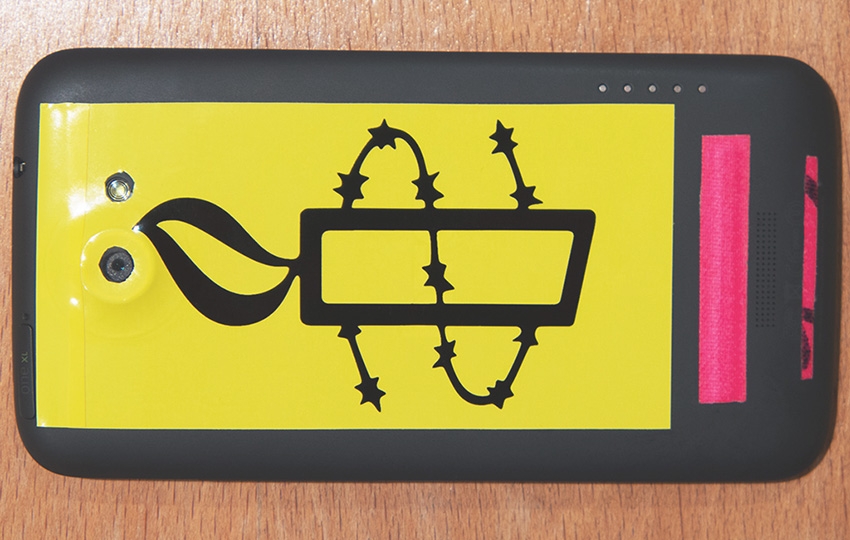
Before I post the latest news regarding important socio-political issues I will tell you today what sources I use and why. Most of them have proven over the years to be reliable. I‘m watching the television only seldom anymore, because the net is faster and you get better access to informations you really want. On TV I‘m watching Arte or 3sat.
I customized my facebook newsfeed the way that I‘m reading the latest from trusted sources directly. Those are in my case Amnesty International, Greenpeace and Greenpeace Germany, Campact, ver.di, attac, Wir haben es satt, Peta, for US informations I‘m relying on The Young Turks, an amazingly great News Channel on youtube, the sources they quote have proven to be reliable as well, the Baseline Scenario, for latest general news I use Huffington Post, BBC or the New York Times, in Germany n-tv, sounds weird but they always come up with breaking news first, a bit like Spiegel online but with far less ads and trash (n-tv happens to have a lot of ads, too, I've just blocked most of it out with a flash blocker), I read the Sueddeutsche, the taz, I also follow Emma magazine. With those sources I‘m pretty much set for trustworthy informations and it‘s often enough to spend the whole day only reading the latest news of those ones. The NachDenkSeiten are very good, too.
But it‘s not only about informations and consumption of those we need to think about all those informations and then develop our own opinion. I mean we don‘t have to but what‘s the point about being a human when you don‘t have an own opinion?
Now comes the most problematic step, based on this opinion we need to act. We don‘t need to act of course, but what‘s the point about being a human being when you are not acting according to what you really think. The worst thing about this is, most of the time it‘s uncomfortable to act. But it‘s also uncomfortable to go to work every morning, brush your teeth twice a day, do the laundry, dishwash and much more. To change something and make the world a better one, f.e. to reduce carbon consumption, to really do something against global warming, to establish better working conditions for workers in factories, to improve conditions of animals in industrial farming, it‘s no longer enough to just disagree with all that, we need to act and change our habits, vote for a different party f.e., one that promises to make it differently. We need to go without plastic bags in the supermarket to dam even more plastic junk to pollute our oceans. We need to change to a renewable power company if we want the energy turnaround, we need to consume less of everything, switch off lights when we don't need it, use less water, buy fewer electronic devices and thousand of things more that make a change and help keep our world the way we use to take it for granted.
It‘s not super hard to change one‘s habits and act, really not and it's a bit like with all things that we hate first when you think of them, they turn out to be fun when you actually try them out. Try it, it‘s worth it ...
Next time I will show you a cool shop in Berlin that decided to do it the sustainable way, Wertvoll in Prenzlauer Berg for example, and some people who work hard to make a change like "Wir haben es satt". I will also post some of the latest important issues.
See you next Tuesday
KIKI
ps: I will write a dedicated article sometime in the future about my darling Evil, these two reports reached me this week, bad news of conditions in facilities in China once again and a lawsuit filed by workers of US retail stores complaining of Apple's policies to search bags of hourly workers, which takes a significant amount of their time and is neither paid nor rewarded overtime. Too bad ...
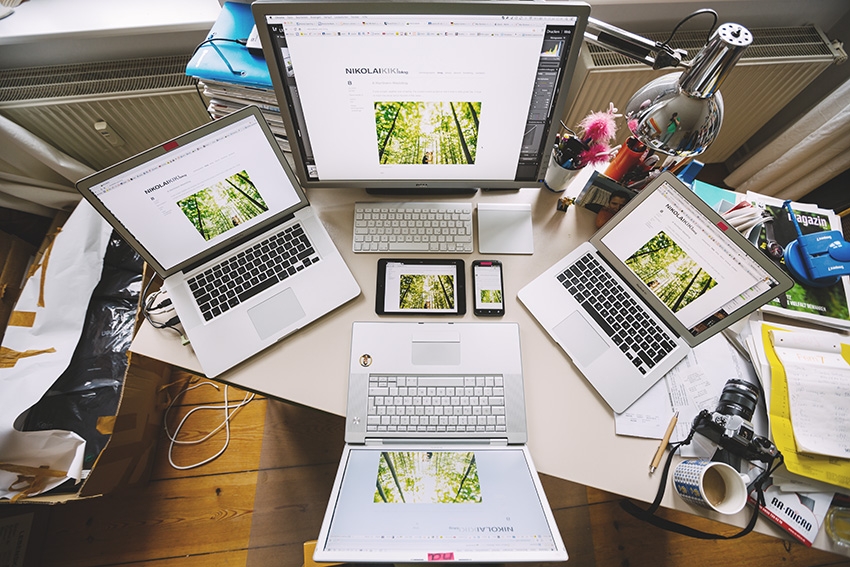
Monday is gear day. Earlier last month I wrote about what hardware to use to post process images (you may click on one of the notes on the left side bar in the main blog roll to find other tech related articles). The answer to the question which hardware to use is generally as always: It depends.
It depends what you want to do with your images, it depends how many images you‘re going to process at once, it depends on image size or Megapixels involved and it depends how much time you‘re willing to spend on waiting for the computer to process your files.
In my case I need my laptops professionally, for example for weddings. The faster the computer the earlier you‘re finished, the earlier you can move on to the next thing and do something else.
When you‘re working with hundreds of files, f.e. when I come back from a wedding I usually bring back 2.000-3.000 images, computer power becomes a necessity to not be annoyed. I was processing a wedding at the beginning of 2011 with a 2007 MacBook Pro with 4GB of RAM, this wedding took me a couple of weeks, simply because the computer sometimes needed minutes to import files from Lightroom into Photoshop as it had to swap to its slow hard drive most of the time.
If you want everything to run smoothly you will want the best components possible. For example I‘m using a 2011 MacBook Pro with a Quad Core processor and 16GB of RAM. Those specs are very useful when working with Lightroom because it uses a lot of memory for it‘s library. Importing into Photoshop needs processor speed.
But to put it into relation modern computers and laptops are generally fast enough for everything but the most demanding jobs where you need to process hundreds of images at once. I bought a new MacBook Air for travelling and blogging on the go, especially for my big trip from October till December. It‘s Dual Core i7 processor is actually not noticibly slower than my Quad Core when processing individual images, it takes something between 6 and 10 seconds to import into Photoshop from Lightroom. What‘s really great about the new Haswell generation of processors is their battery life. I sit in the kitchen now with full sun behind me on the balcony. Display brightness is 50% and battery should last another 15 hours when only typing or lightly browsing the web. That means I can also sit somewhere outside in the park and blog from there and not run out of battery on a whole working day. Sweet!
For maximum performance, though, you will want as much memory as possible. For me 16GB is enough, when extensively working with Lightroom the 8GB of the Air are not enough, I found the laptop swapping to disc the other day slowing everything down sicnificantly, even though it has the fastest SSD flash storage on the market at the moment. For big jobs you still need the biggest computers possible.
Why do I use Mac? Well, I‘m sure you‘re totally fine with a PC as well. I was fascinated maybe 8 years ago when a friend just connected to our Wifi-Network with his MacBook within seconds, something that used to be impossible with a Windows machine. I‘m using Mac for 6 years now and to be honest I never ever had any software related issues, my Macs just get my work done with no hassle. I‘m also heavily invested in Mac software, so it's not really that easy to go back to Windows. I am saying this although I really had some nightmares with hardware and Apple Service. Both my MacBook Pros have replaced logic boards now and they have been to workshops endlessly. Still, when hardware is fixed they work flawlessly, never crash and get their task done. Everything just goes ...
But I strongly disagree with Apple‘s policies and the way they‘re dealing with workers in China, especially at Foxconn. I just read another article today claiming bad conditions at one of their main suppliers in China. The bad thing is, there‘s not really an alternative, all other tech companies are producing in China as well, at Foxconn or other doubtful factories.
We can only express our disapproval and beg them to finally establish better conditions and treat people the way they deserve, human ...
Let's hope the best, till next time, happy processing
KIKI
Ha, here we go, a set of pictures of a truly amazing wedding, the couple is wonderful, weather in Kiel was splendid and it was a real blast. Have a look ...














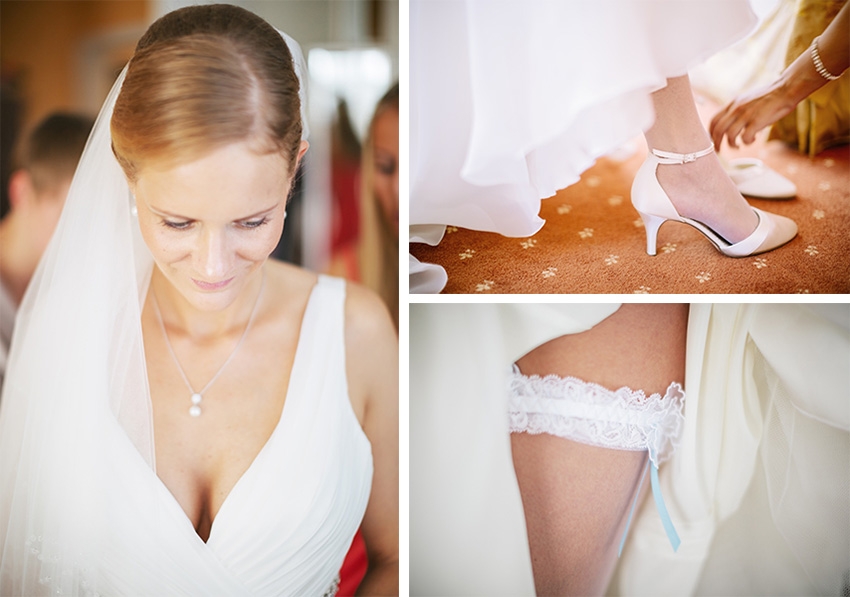







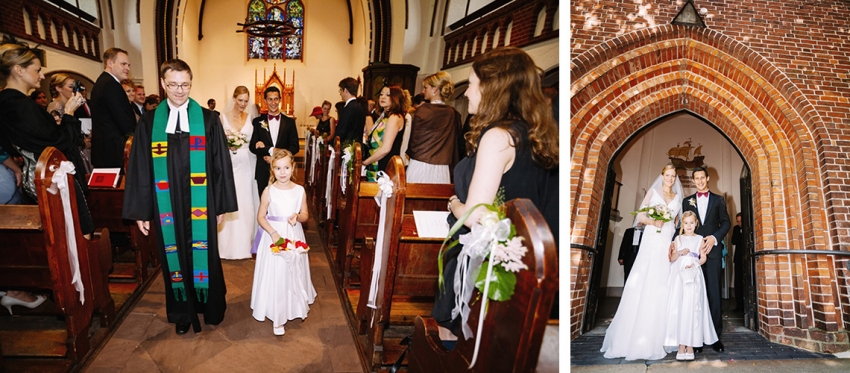







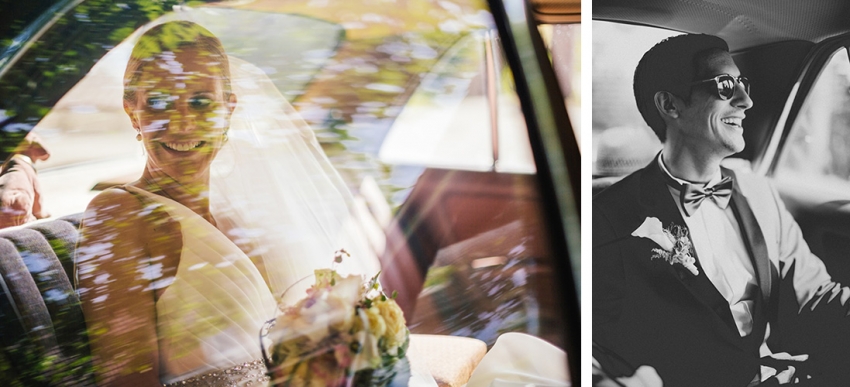








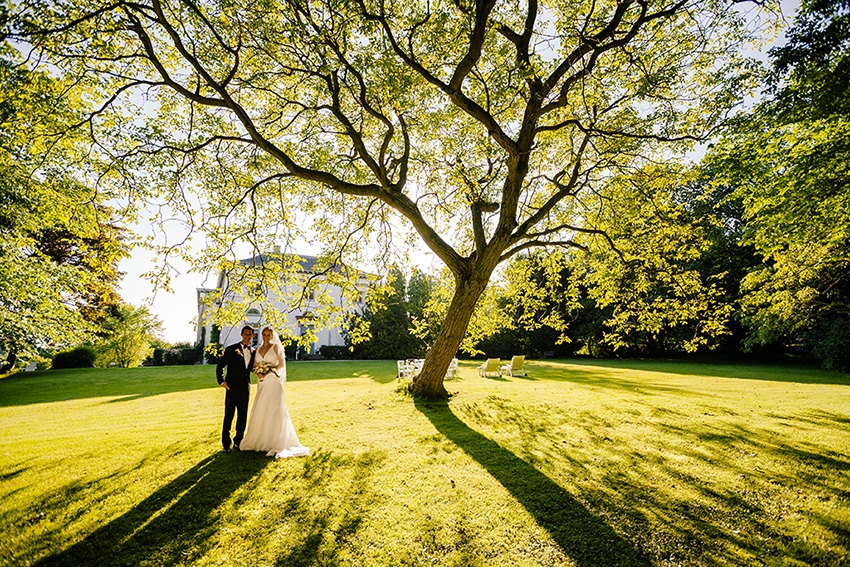






































Fantastic ...
KIKI
It was a blast, weather was amazing, the couple looked gorgeous and it was a really great day. I hope to finish the whole set at the end of this week ...

coming soon ...
KIKI
JIPPIE! Endlich sind sie da meine Klamotten aus der Türkei und Ihr könnt sie ab sofort kaufen, wenn Ihr Lust habt.
Hier nochmal die kurze Geschichte: Wegen eines anderen Produkts für 2014 arbeite ich seit Anfang des Jahres mit Common Works zusammen, einer total super Modeproduktion in Berlin, die auf Ethik, Umwelt- und Sozialverträglichkeit achtet. Zusammen kamen wir auf die Idee, Basickleidung unter höchsten Öko- und Fairtradestandards herzustellen. Gerade im Unterwäschebereich ist das immer noch selten und ich fand Martes Argument besonders überzeugend, dass man die Kleidung schließlich direkt auf dem Körper trägt, warum also dort nicht auch auf beste Qualität und Öko achten. Wir waren uns jedenfalls schnell einig und haben coole Shirts jeweils für Frauen und Männer und eigene, besonders bequeme Unterwäsche für beide entwickelt.
Die Stoffe kommen von Lebenskleidung, einem Stoffhändler aus Berlin, der sich auf den Handel mit Naturmaterialien spezialisiert hat. Mit Jan habe ich dann einen Auftrag verhandelt, der für alle, auch die Produzenten in der Türkei, sinnvoll ist, also bestimmte Mindestmengen erfüllt, damit Material und Farbe nicht unnötig verschwendet wird.
Bei der Kleidung stand für mich an allererster Stelle öko und fairtrade. Sie ist deshalb nach den besten GOTS Standards hergestellt, ein Siegel, das faire Arbeitsbedingungen, Arbeitsschutz und Arbeitsrecht, angemessene Löhne, keine Kinderarbeit, Freiheit von Giftstoffen und vieles mehr garantiert. Um mir ein Bild davon zu machen, bin ich Anfang Mai mit Lebenskleidung und Common Works in die Türkei nach Izmir gereist und habe die Produktionsstätten besucht und alles fotografiert. Das war wirklich eine tolle Erfahrung und die Bedingungen haben meine Erwartung sogar noch übertroffen. In einer Zeit, in der eine Schreckensnachricht aus Produktionsländern wie Bangladesch die nächste jagt, ist es schön zu sehen, dass es auch ganz anders geht. Wir haben einen ganzen Tag mit den Partnern aus der Türkei verbracht und konnten alles anschauen und jeden Raum betreten und so viel fotografieren wie wir wollten. Alle waren total entspannt und man hat gemerkt, dass das GOTS Siegel, bei dem jeder Schritt der Produktionskette zertifiziert sein muss und jedes Jahr unangemeldete strenge Kontrollen durchgeführt werden, tatsächlich Maßstäbe setzt, besonders die türkischen Strickereien und Färbereien sind in diesem Fall einfach tadellos. Hier nochmal der link zu den Fotos aus der Türkei.
Die Kleidung ist zu 100% aus bester, langfaseriger Ökobaumwolle aus der Zentraltürkei, wo sie auf Ökofeldern angebaut wird. Ich werde sie im Laufe des Jahres oder nächstes Jahr auch besuchen, um Bilder von der Ernte zu machen. Ich habe erfahren, dass sogar das Futter für das Vieh, das den Dünger für die Felder produziert, öko und zertifiziert ist. Die Pants enthalten einen Elastananteil von 5%, damit sie ihre Form besser behalten.
Beim Design haben wir auch an vieles gedacht, die Bündchen der Shirts sind besonders fein und im Nacken- und Schulterbereich sind sie für eine bessere Passform besonders veredelt. Die Unterhosen enthalten so wenig störende Nähte wie möglich und bei beiden haben wir auf Labelschildchen verzichtet, die am Rücken immer so kratzen, stattdessen ist das Label eingeprintet (die Carelabel an der Seite müssen Fähnchen sein, aber auch sie sind öko).
Um möglichst viel Material zu sparen, habe ich auch auf Hangtags verzichtet, die man eh immer wegschmeißt. Stattdessen habe ich eine kleine Broschüre bei der Umweltdruckerei in Hannover herstellen lassen, die allgemeine Informationen zu NIKOLAIKIKI und der Philosophie enthält und die ich auch anderen Produkten beilegen kann. Außerdem habe ich ein Motiv intelligent integriert, man kann sie also auch zur Dekoration aufhängen. Bei der Verpackung habe ich mir auch Gedanken gemacht. Bei kleineren Bestellungen, z.B. ein oder zwei Unterhosen, werde ich eine kleine Versandtasche verwenden, das spart Material und ist auch für Euch billiger. Für größere Bestellungen, z.B. bei zwei T-Shirts und mehr, habe ich flache DIN A4 Boxen aus 95% Recyclingpappe (besser ging nicht) anfertigen lassen, die man später z.B. zur Aufbewahrung von losen Blättern wiederverwenden kann. Versendet wird CO2-neutral mit GoGreen.
So, nun aber auch die Bilder und die Preise: T-Shirts kosten 29 € unbedruckt und 35 € bedruckt mit meinem Spruch für 2013 "Kein bisschen Spaß muss sein!" und dem "V" auf dem Rücken zzgl. Versand, die Pants kosten alle 19 € zzgl. Versand. Die Farben sind "Limestone" grau, "Jet Black" und "Cloud Dancer" weiß und sie sind ab sofort erhältlich per Mail und ab übernächster Woche auch bequem in meinen Onlineshop z.B. mit PayPal.
Checkt das aus ...
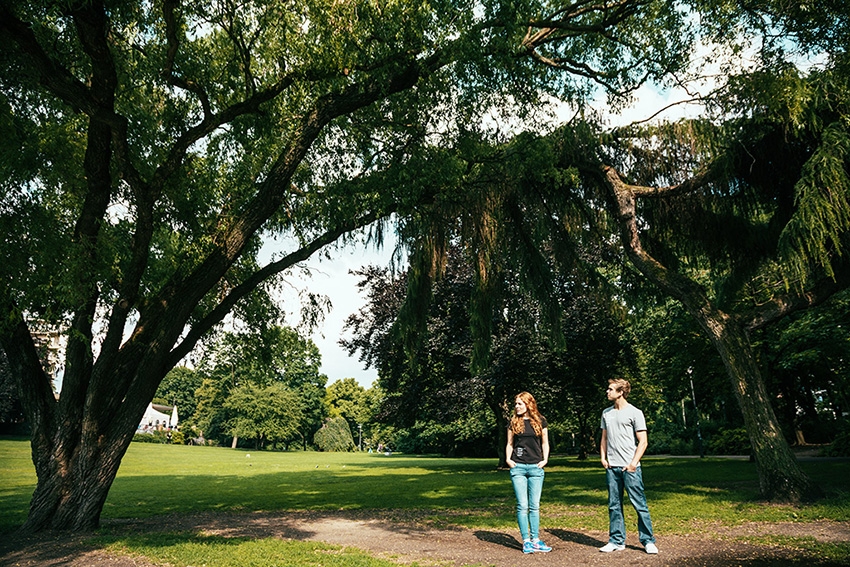
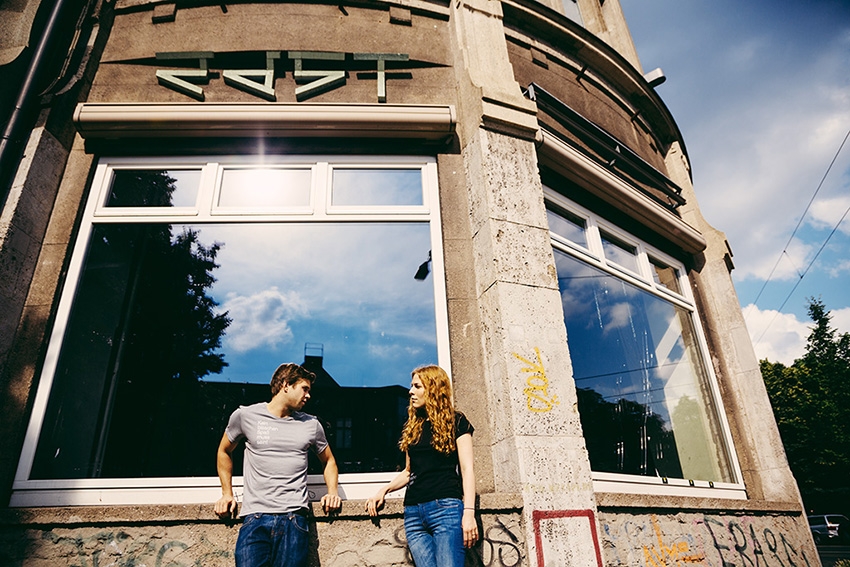
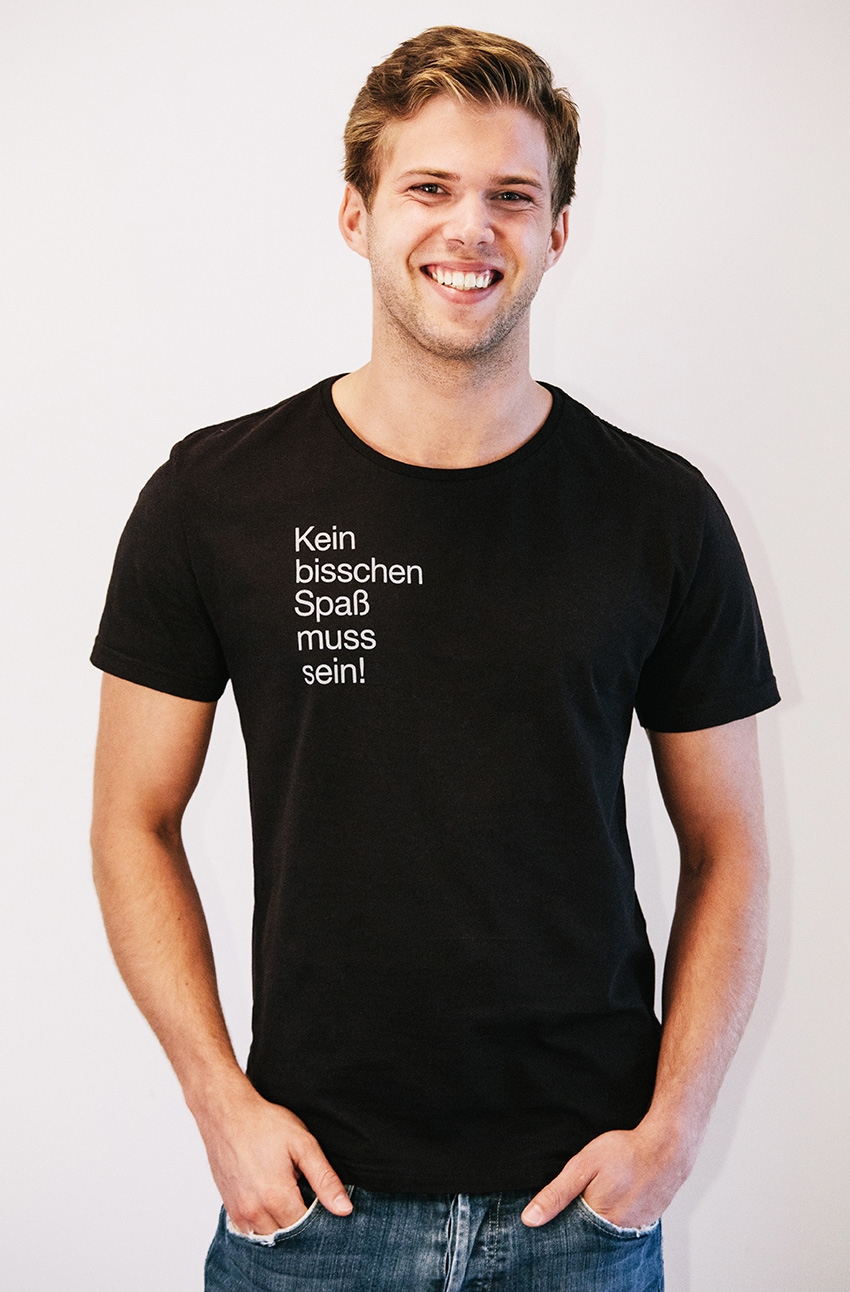
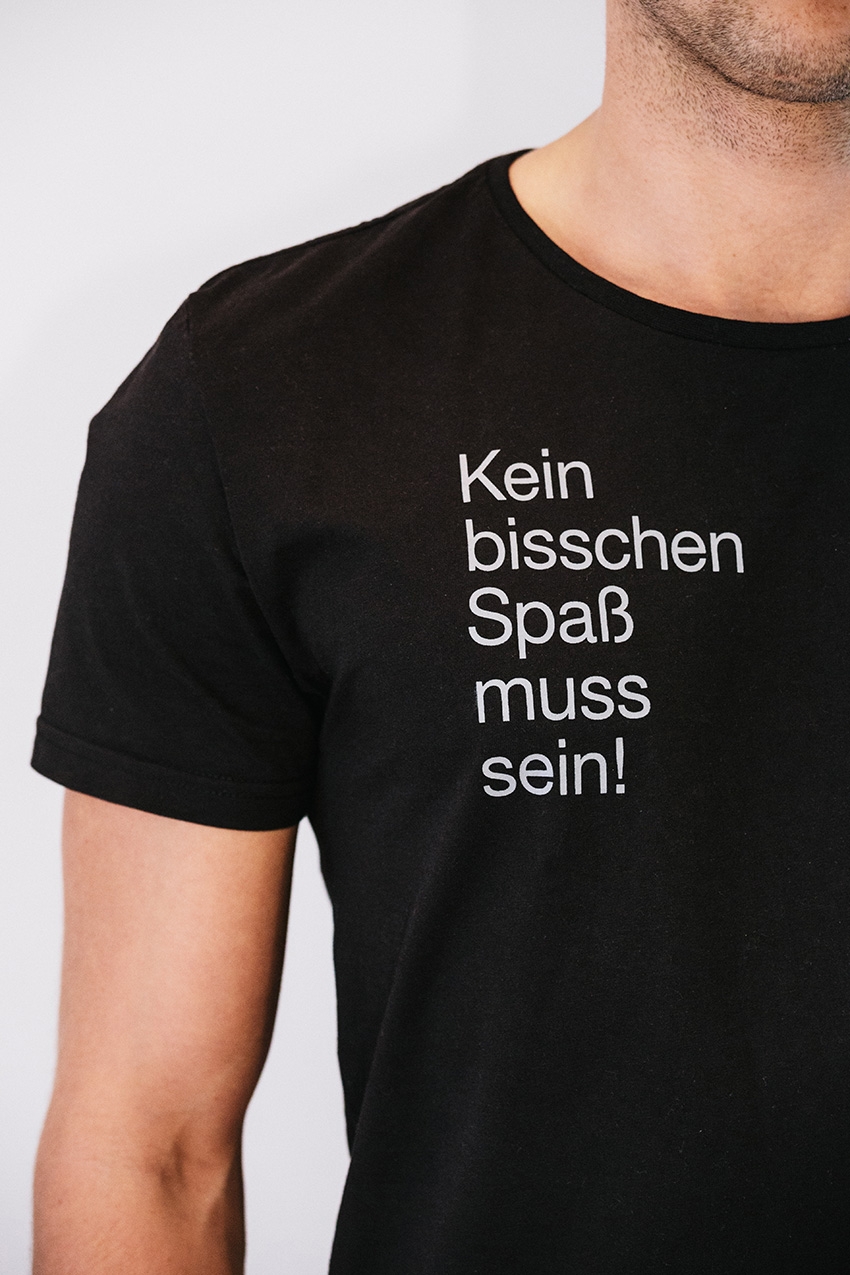
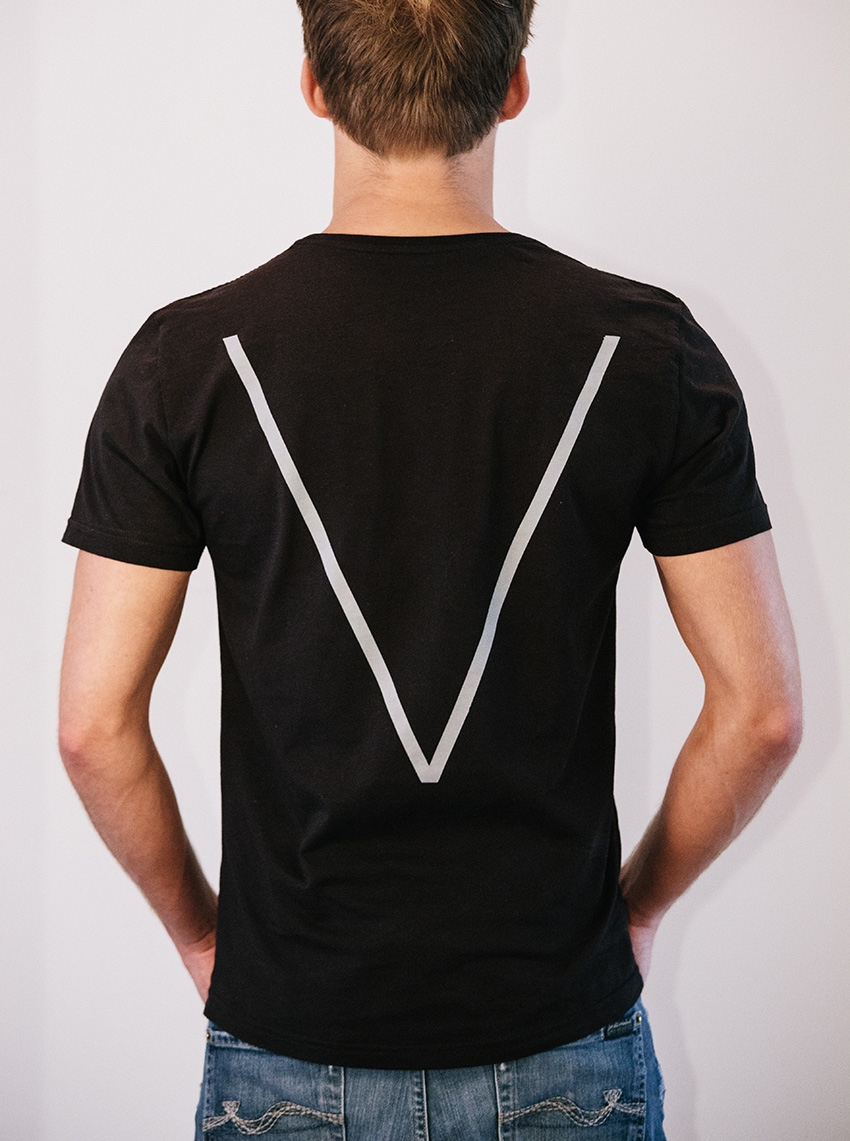
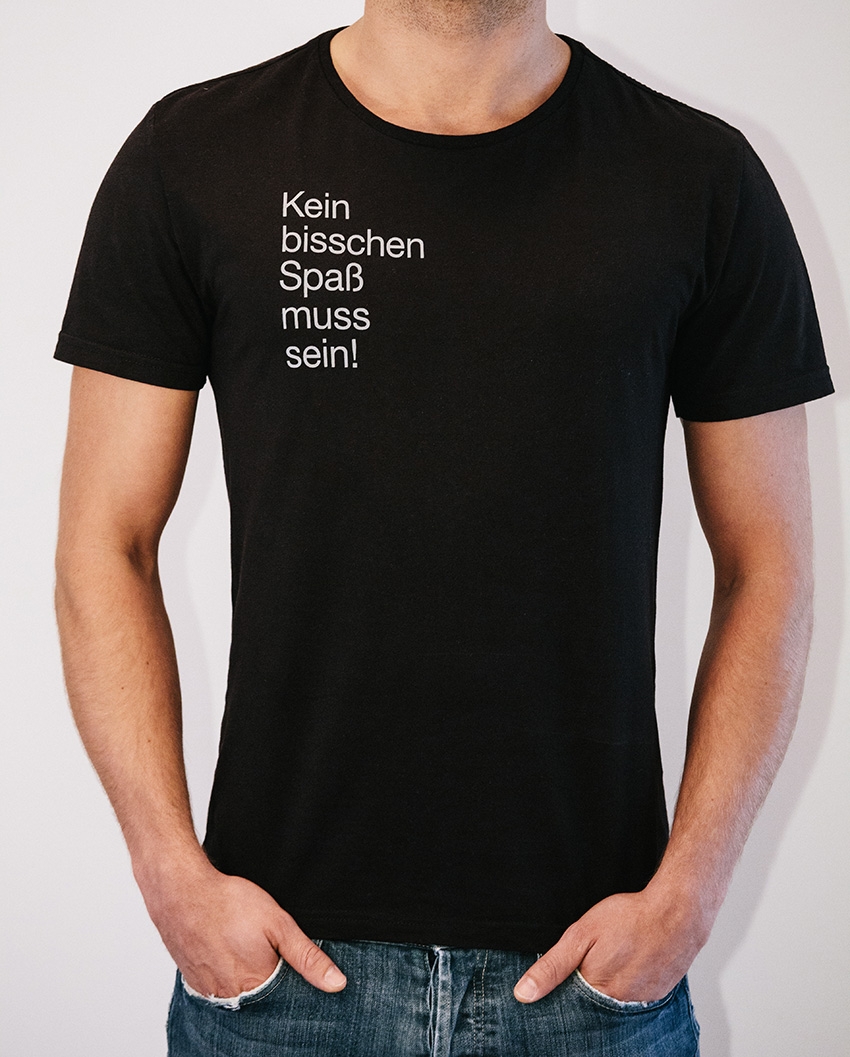
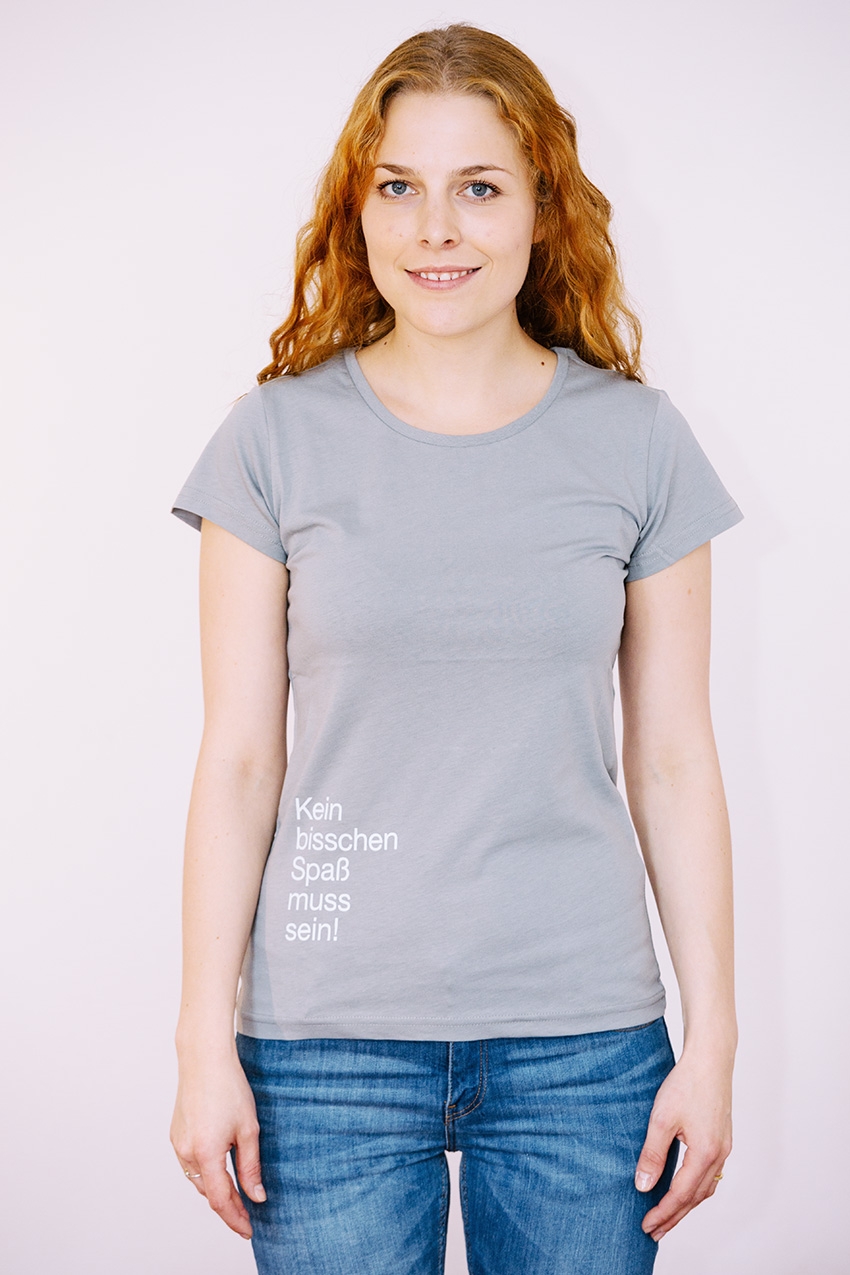
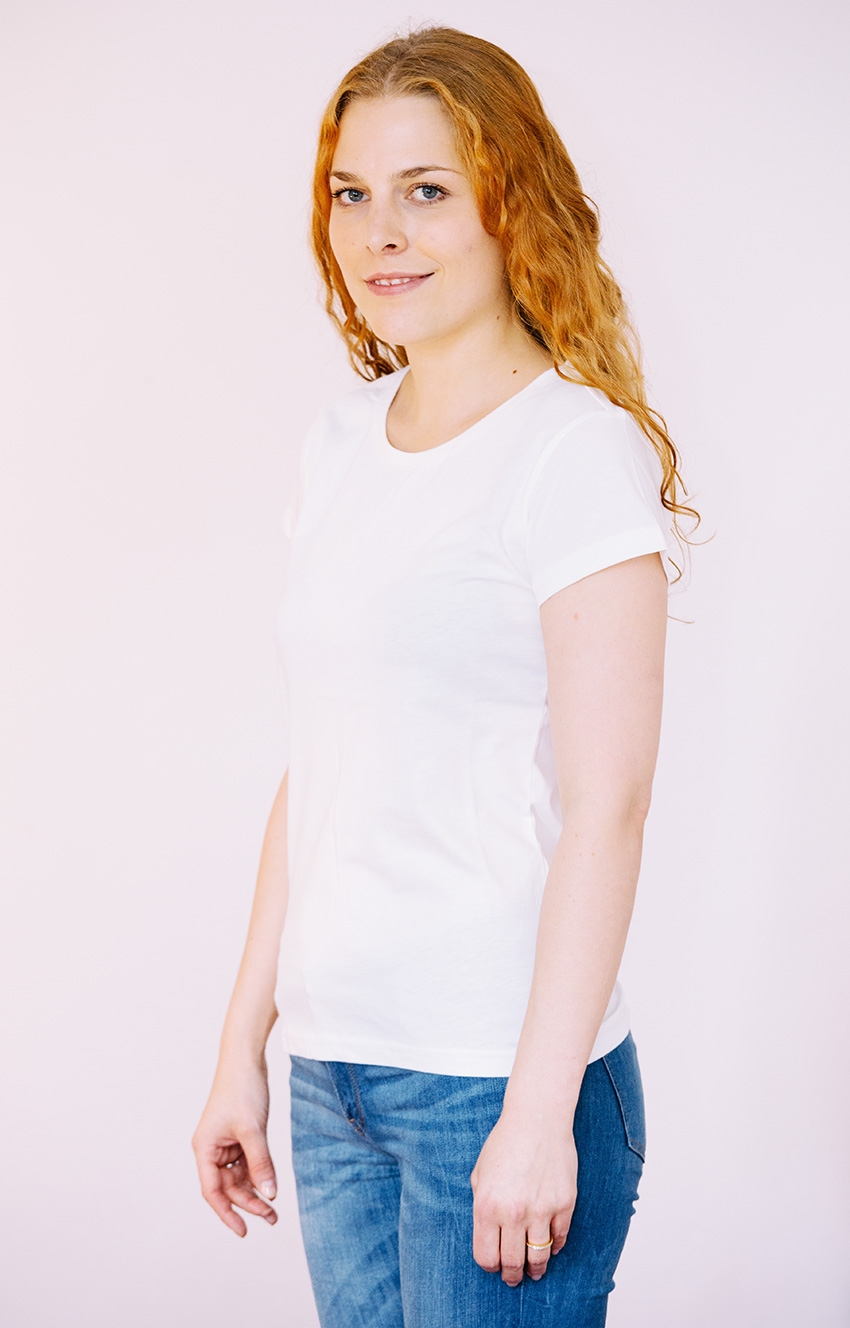
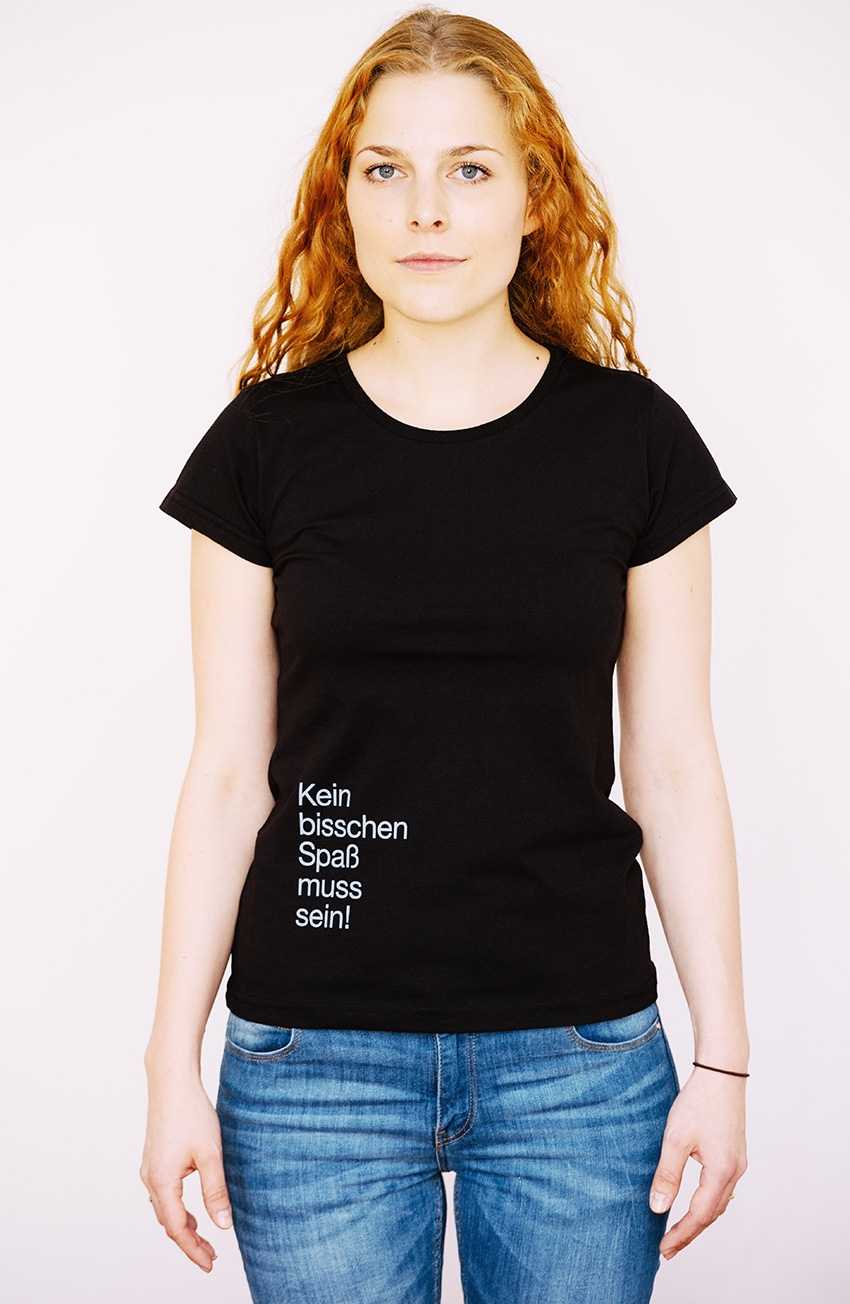
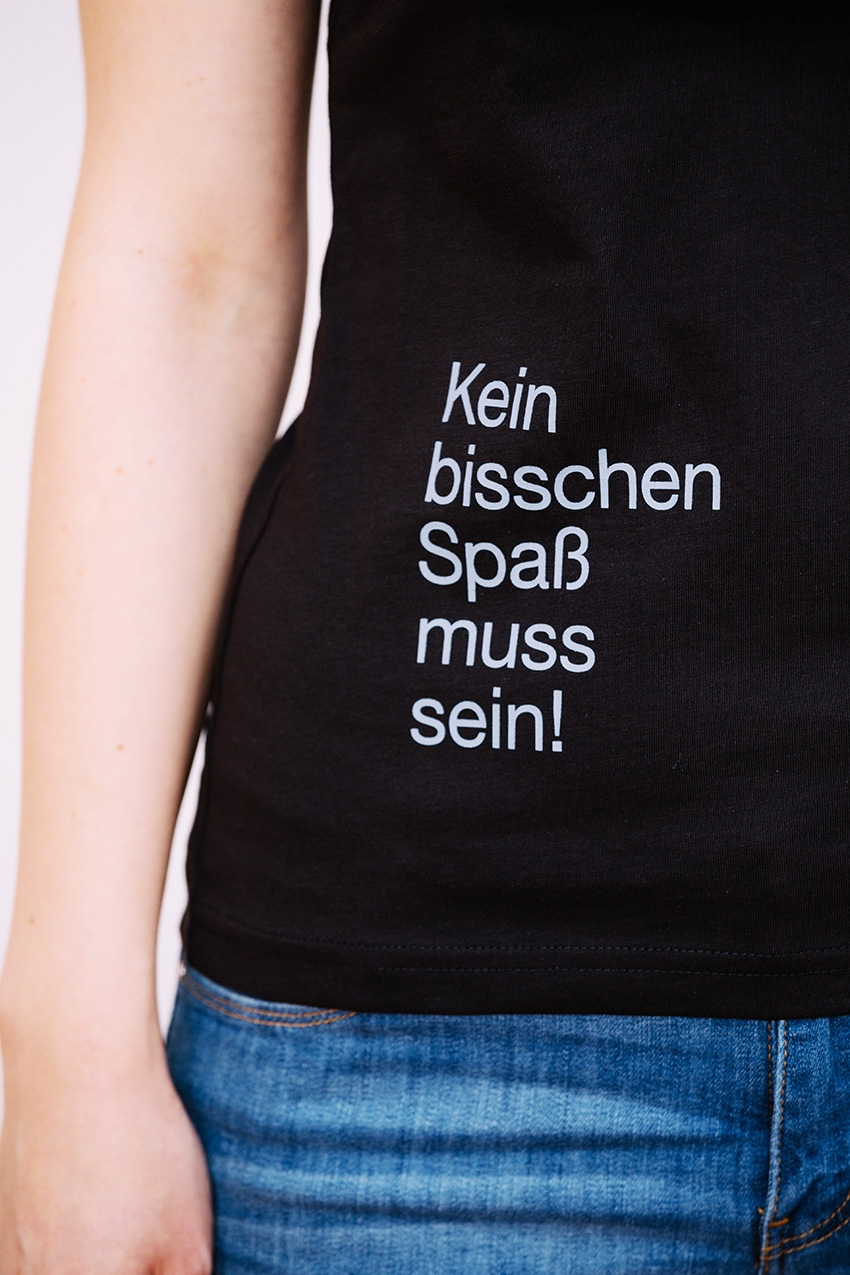

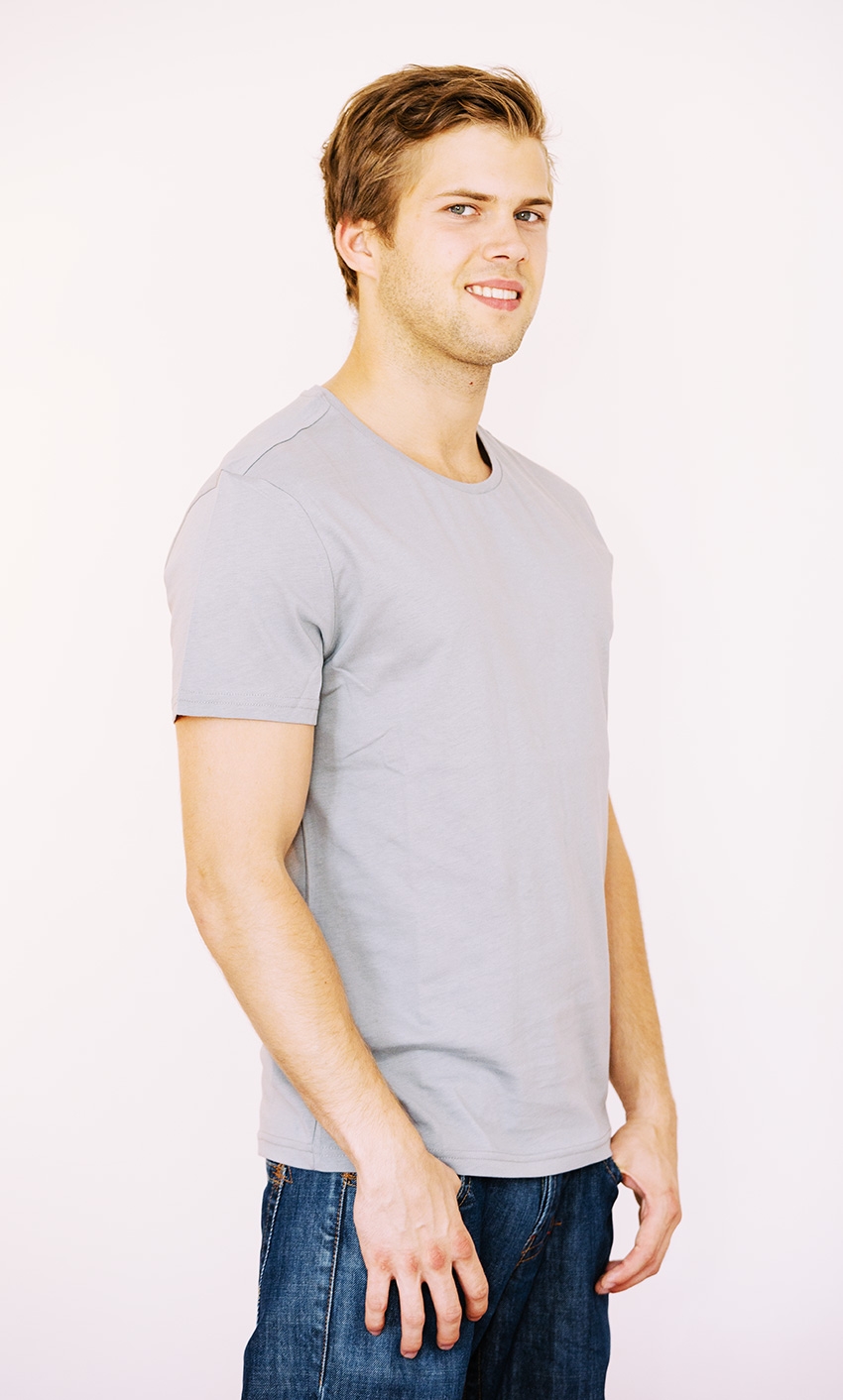

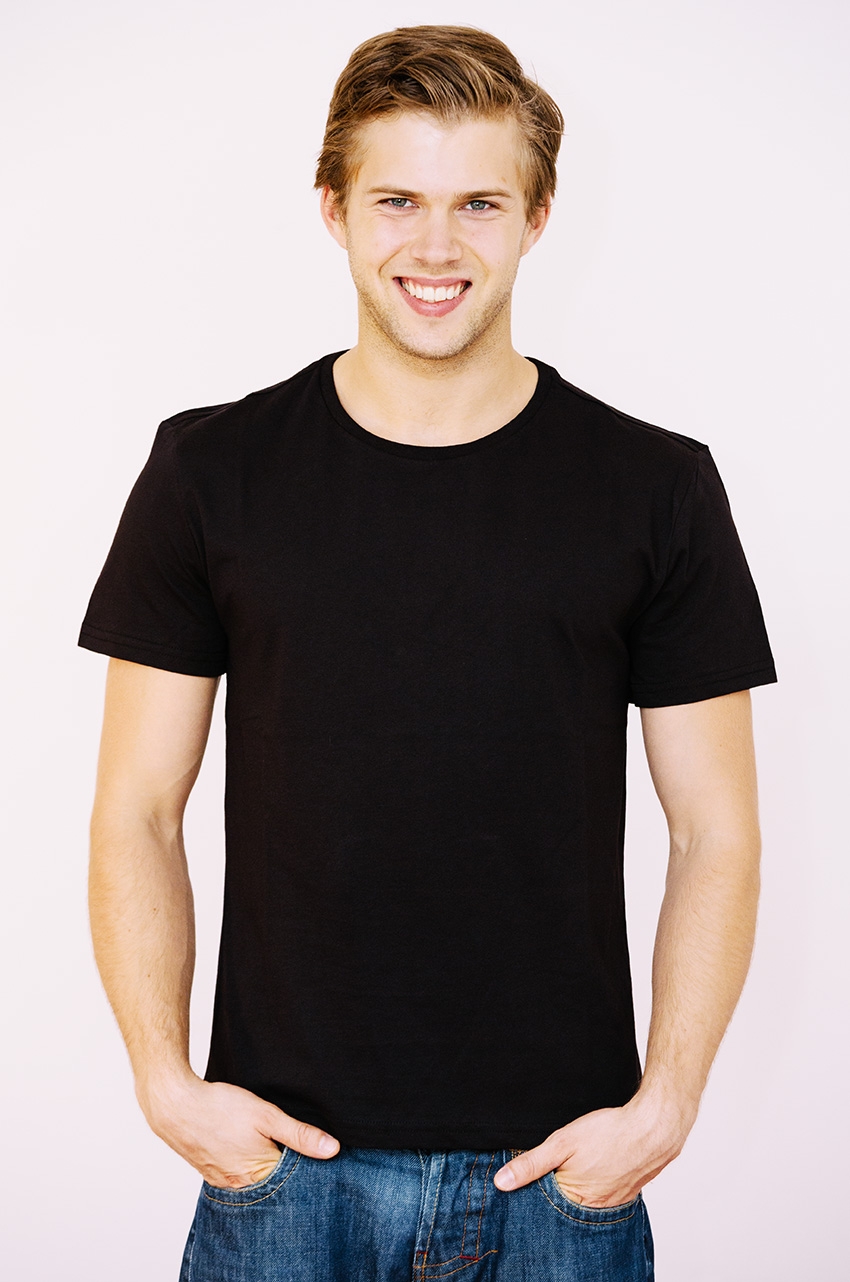
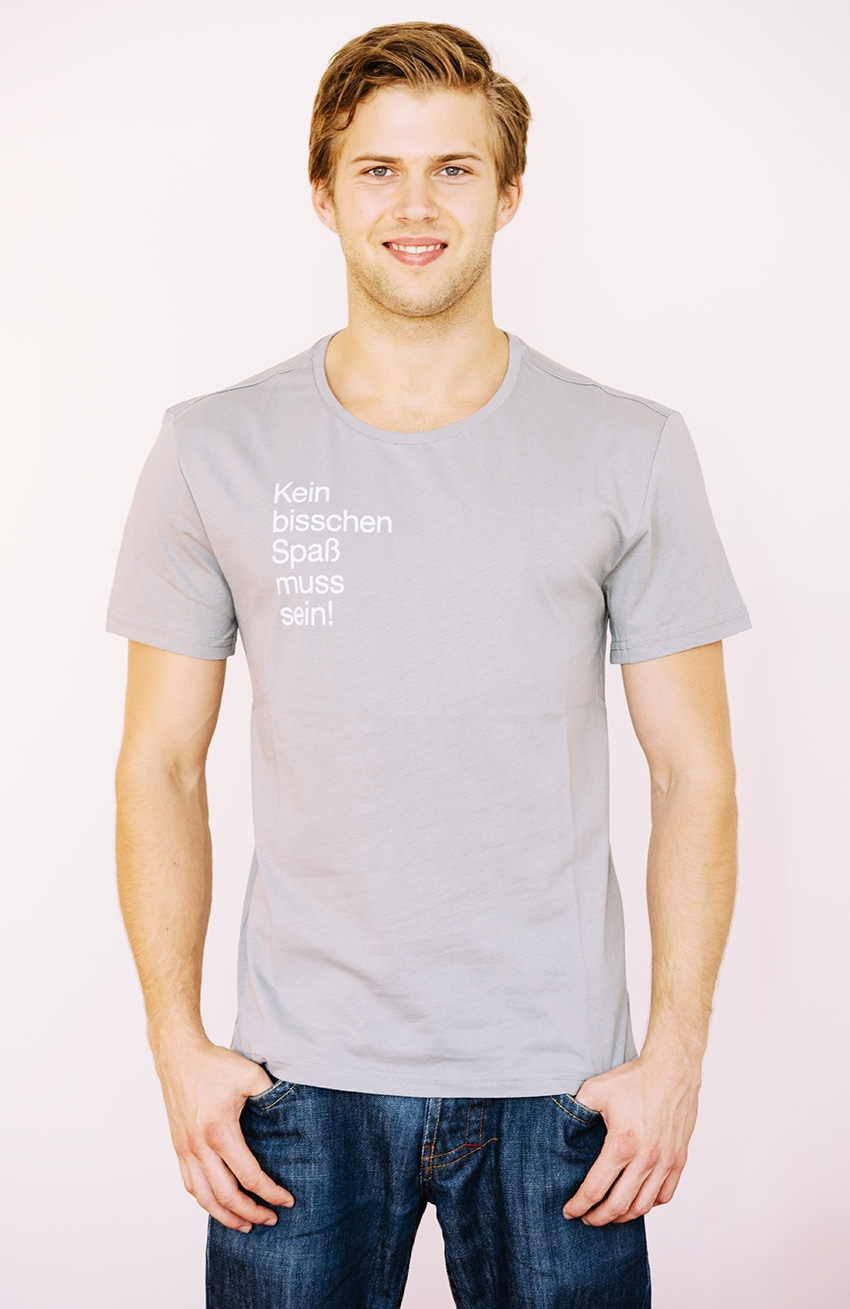

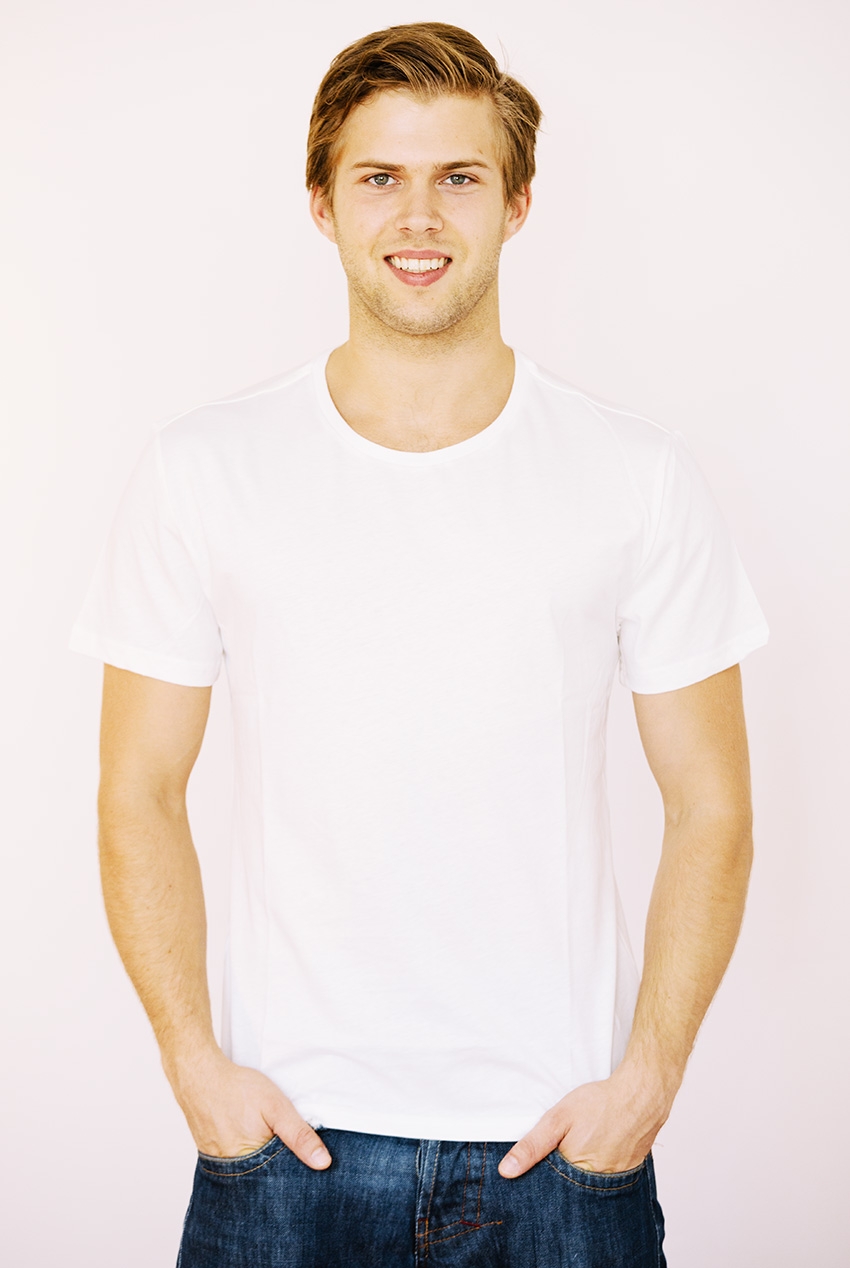
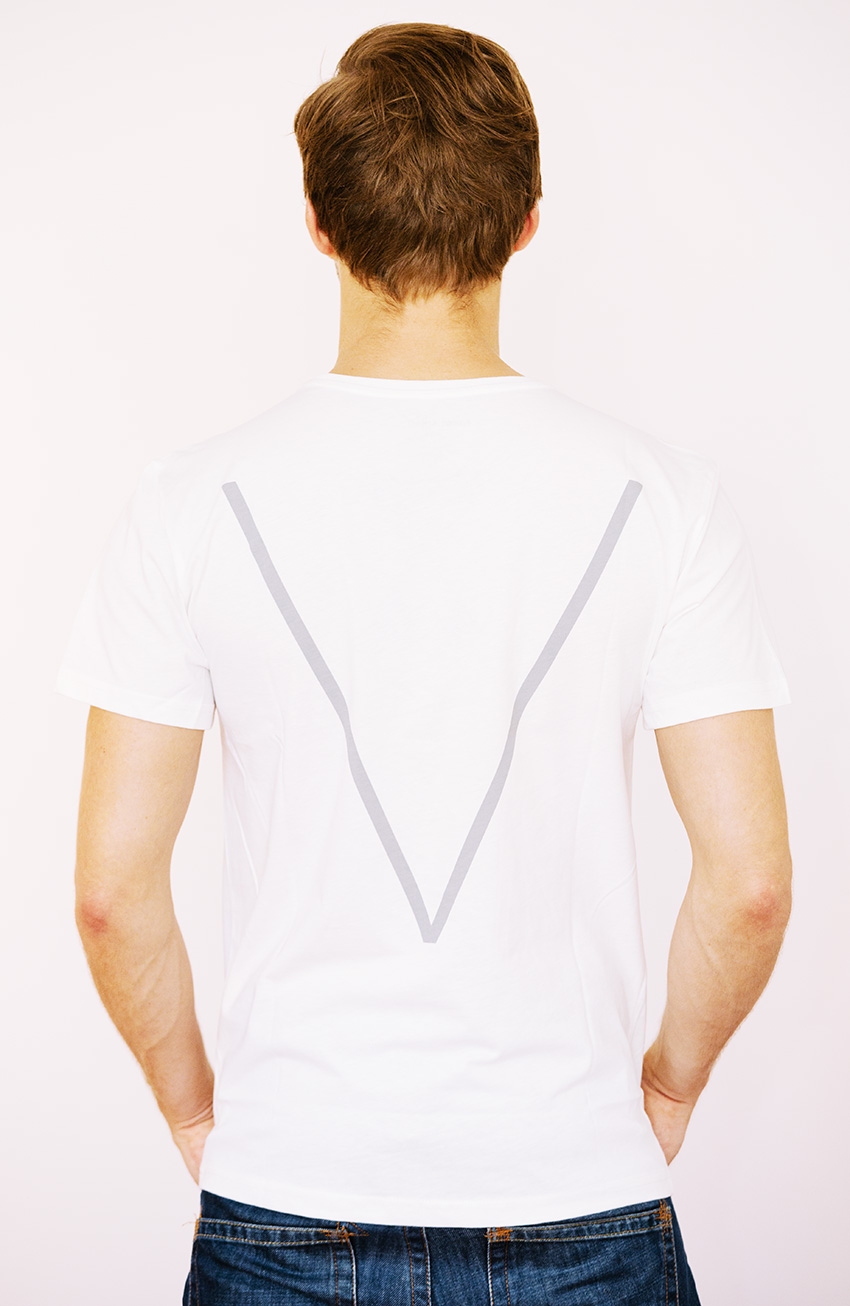
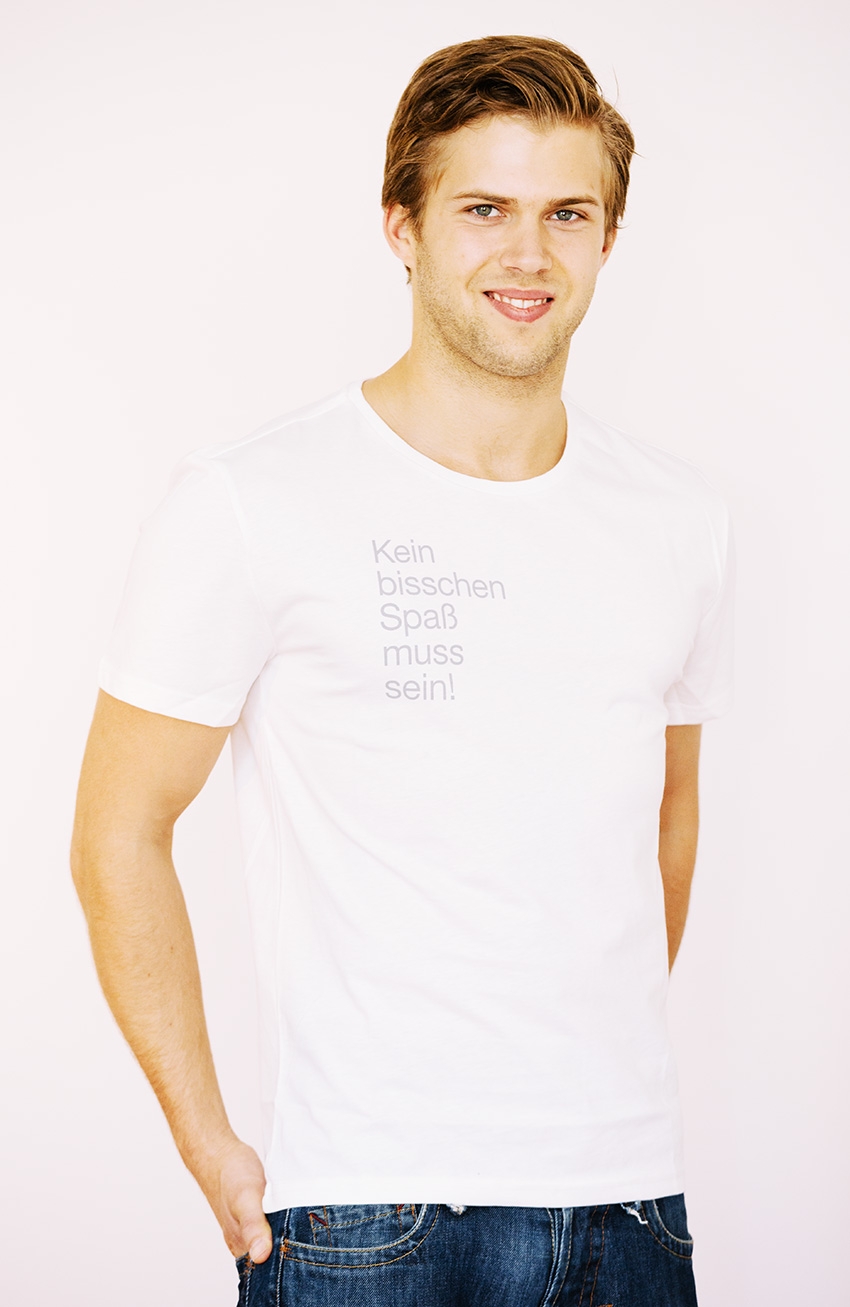
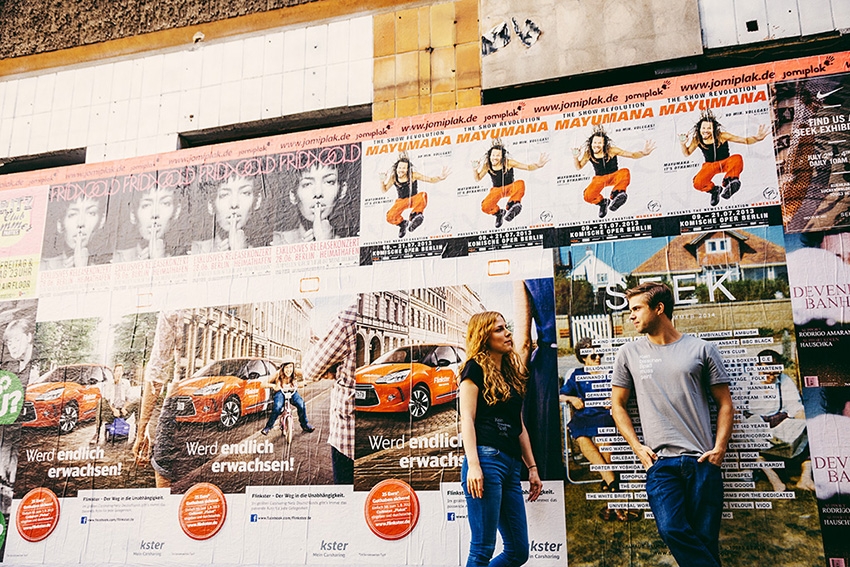
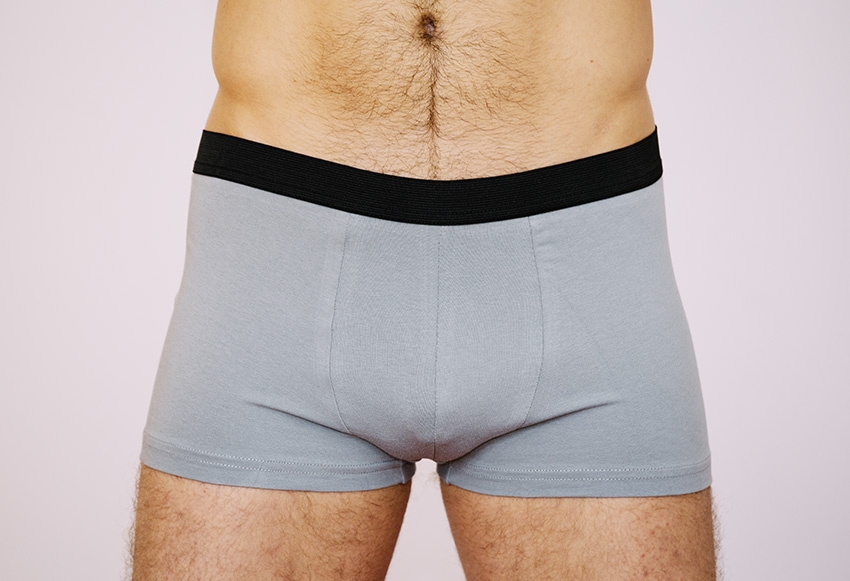
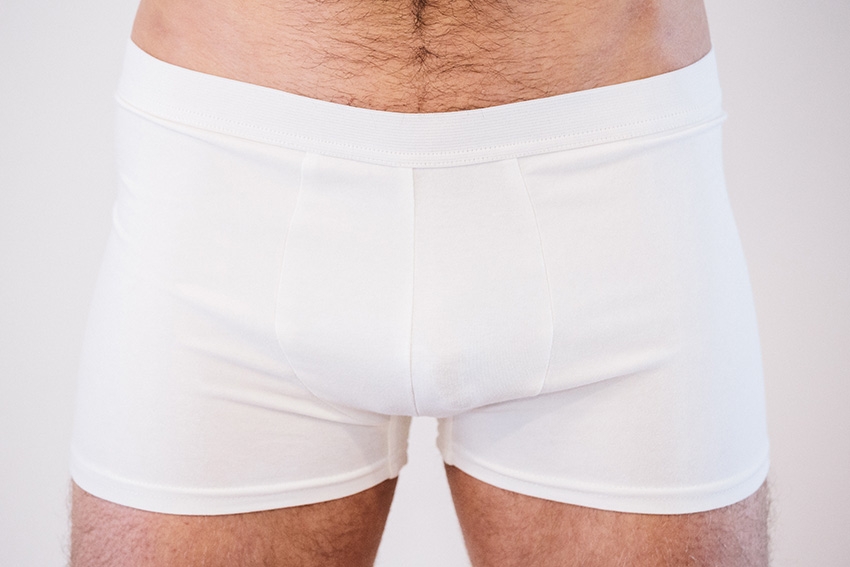
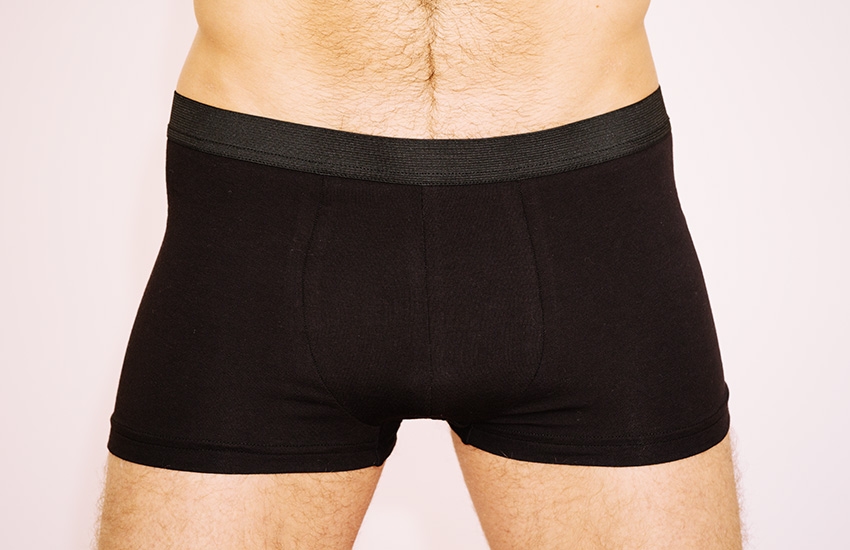

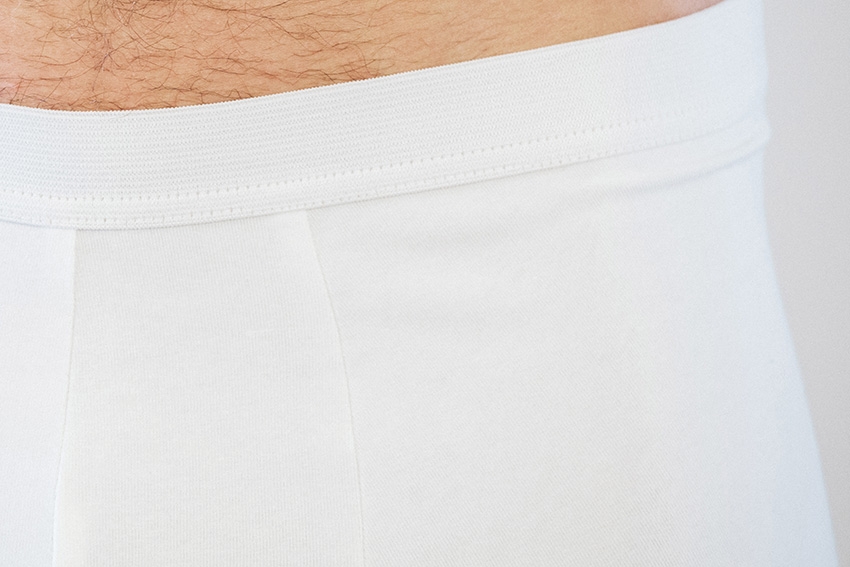
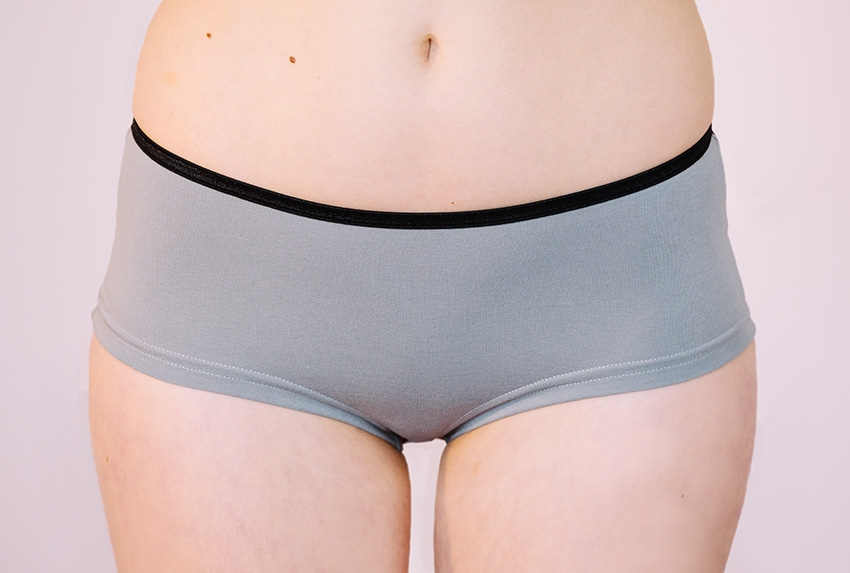
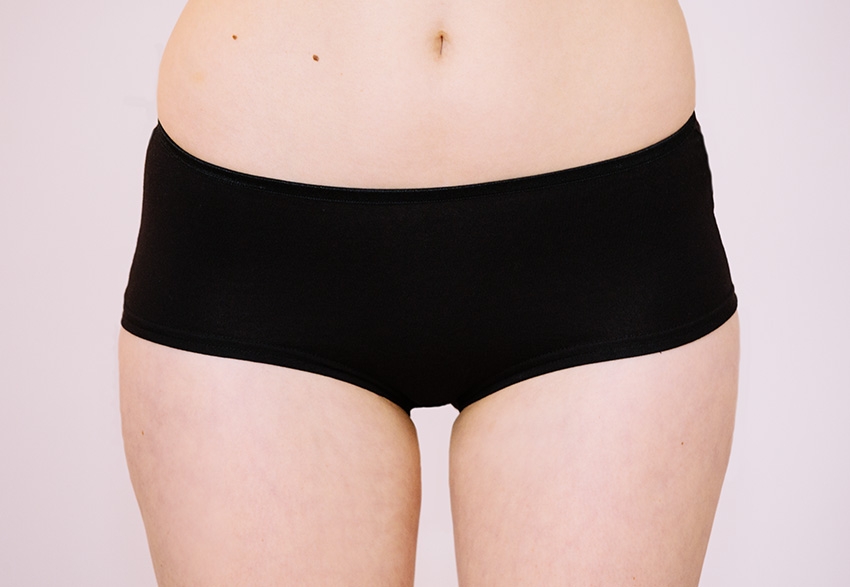
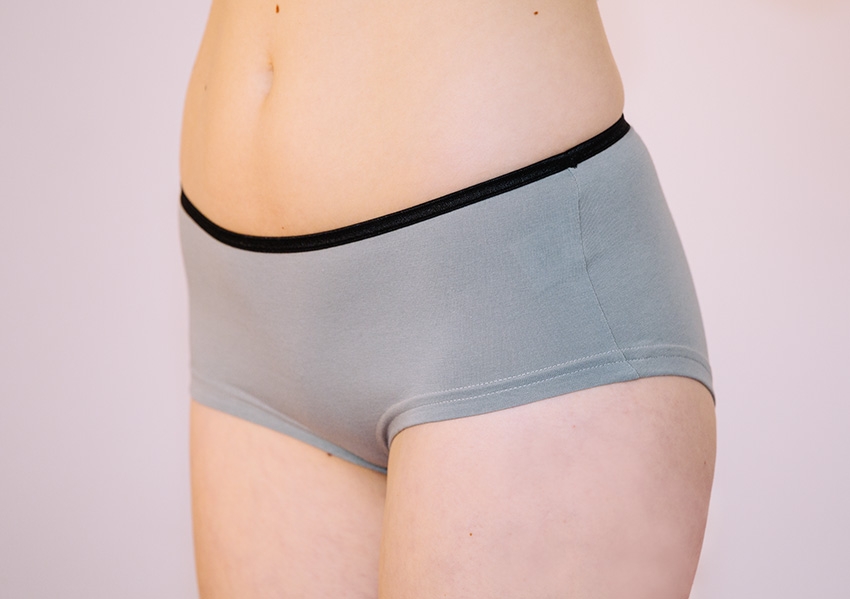
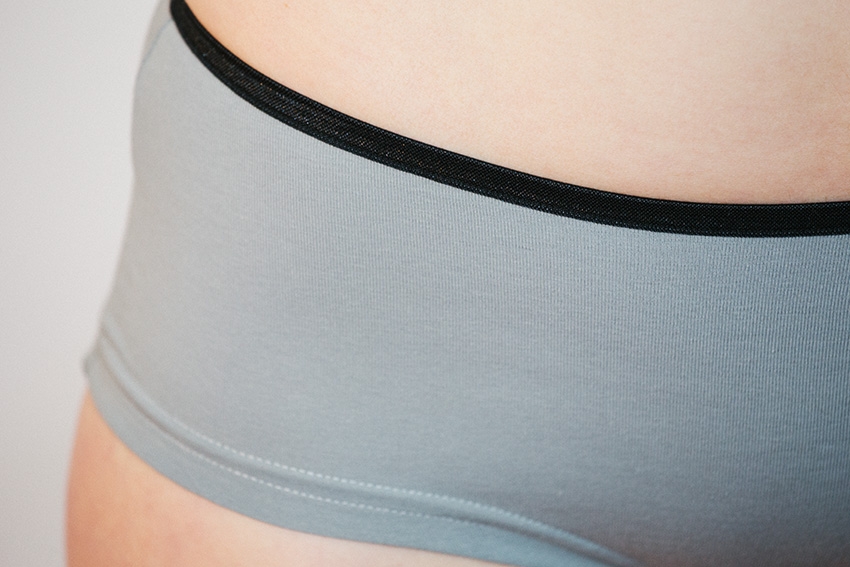
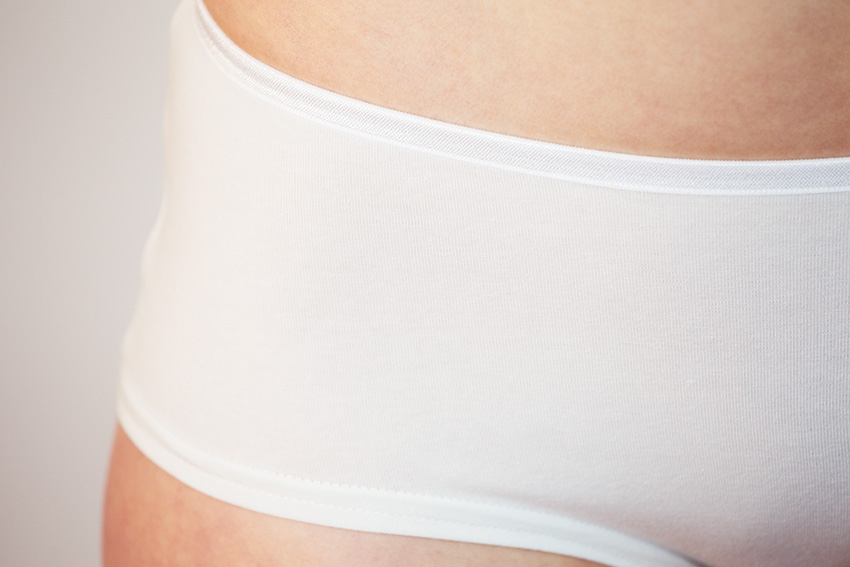

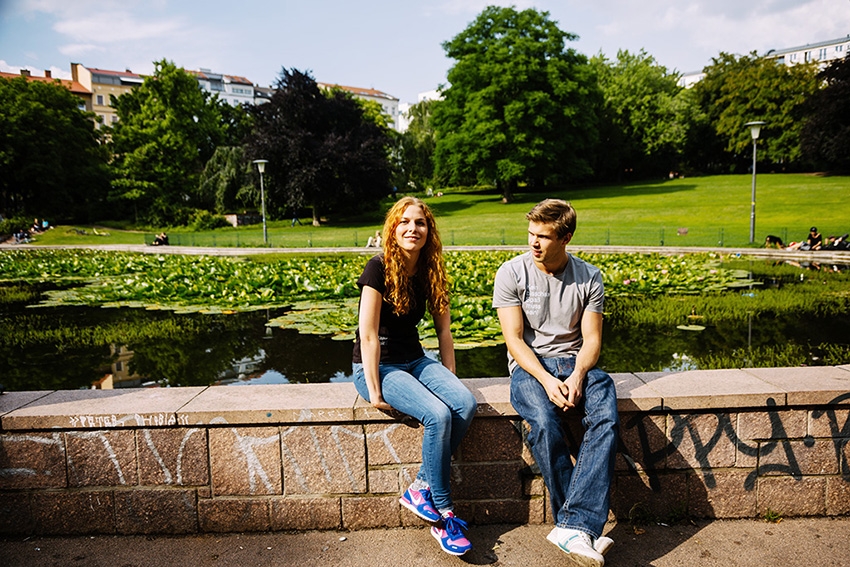
Cool, nicht!?
Tausend Dank nochmal an Marte, Odila, Jan, Katrin, Friedi, Julia, Johnny, Viola, Meret und alle anderen von Common Works und Lebenskleidung! Hoffe, dass wir noch viele andere spannende Sachen in Zukunft zusammen machen ...
KIKI
... have a look ...
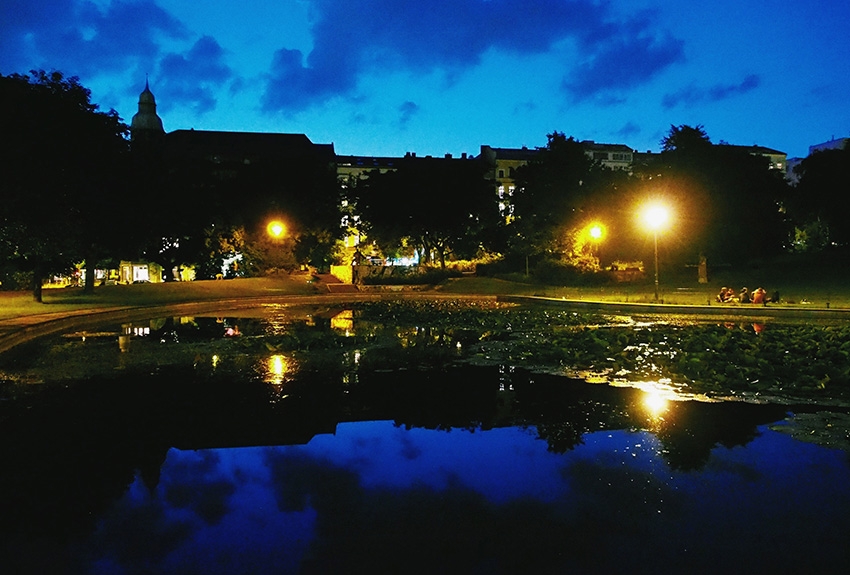

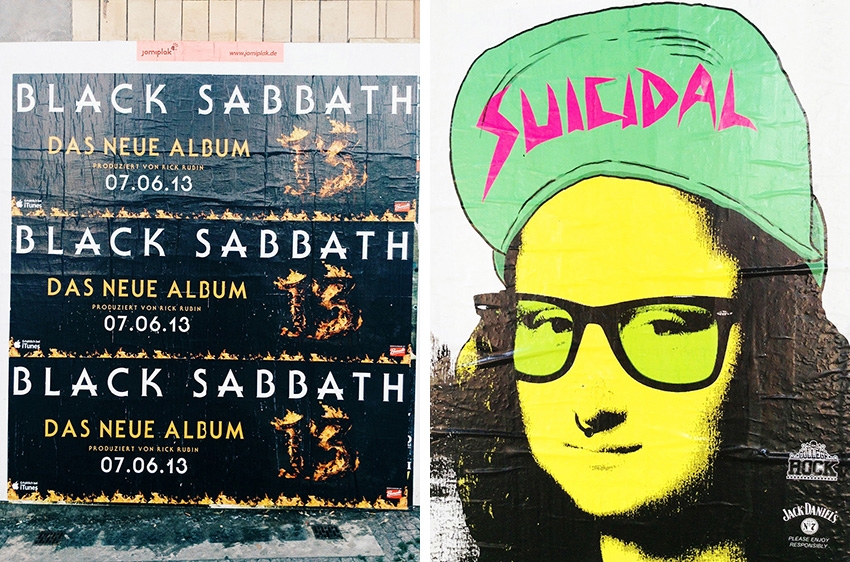

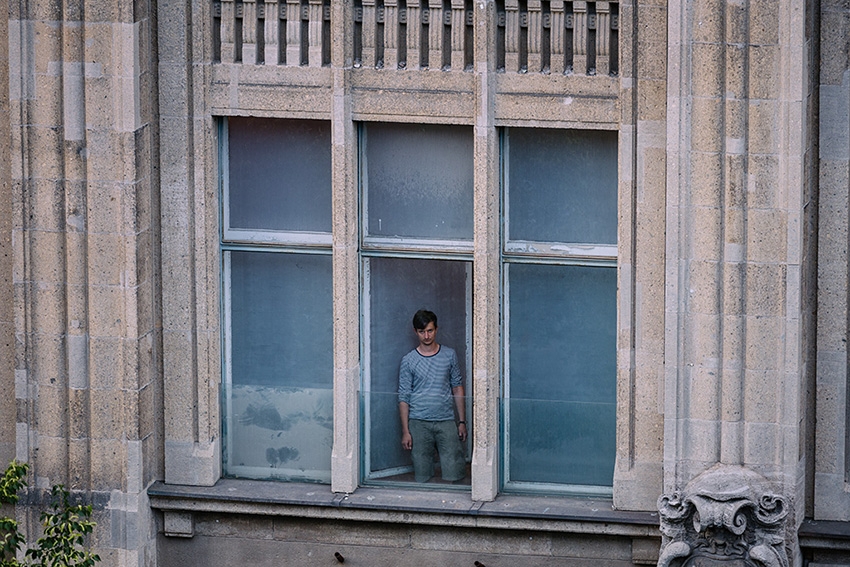

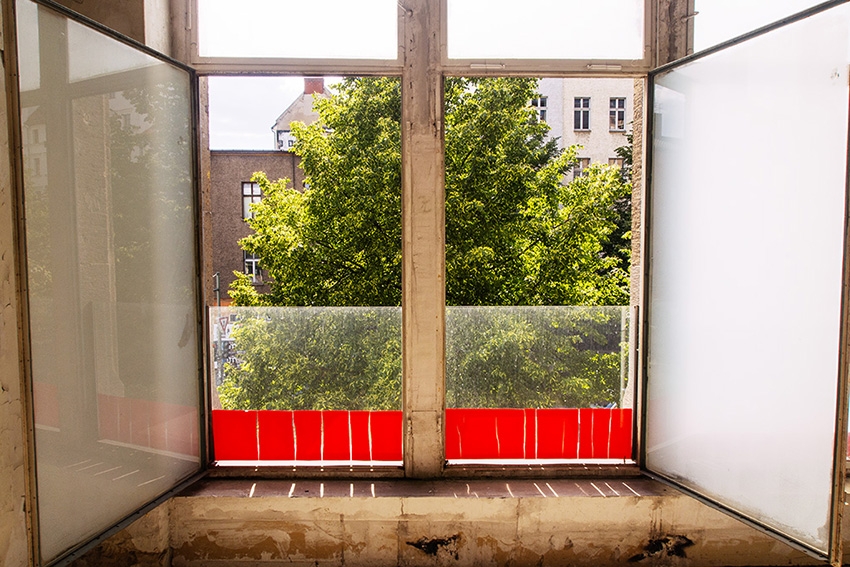
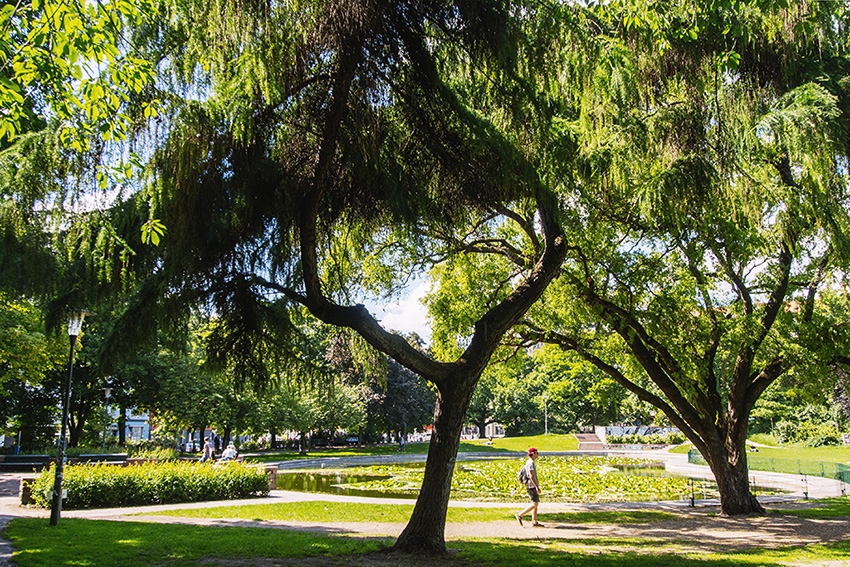
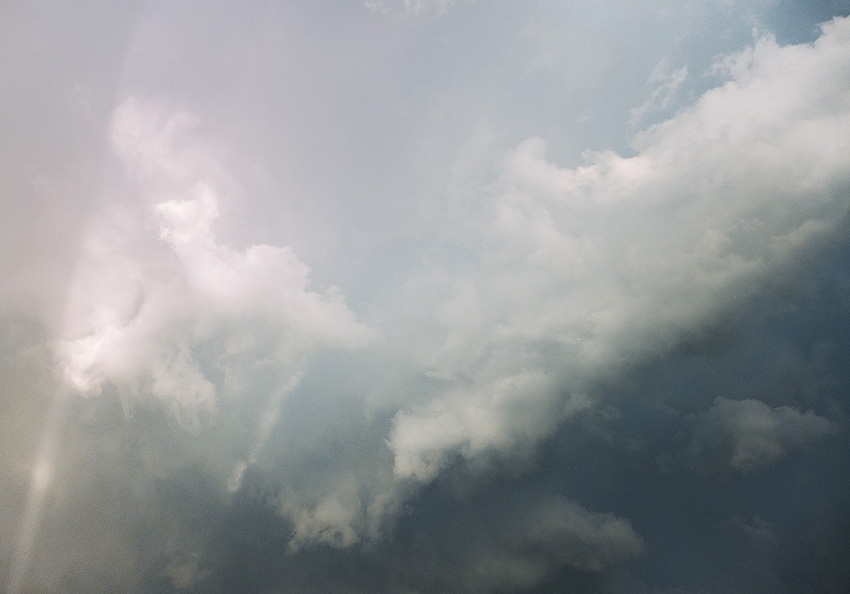
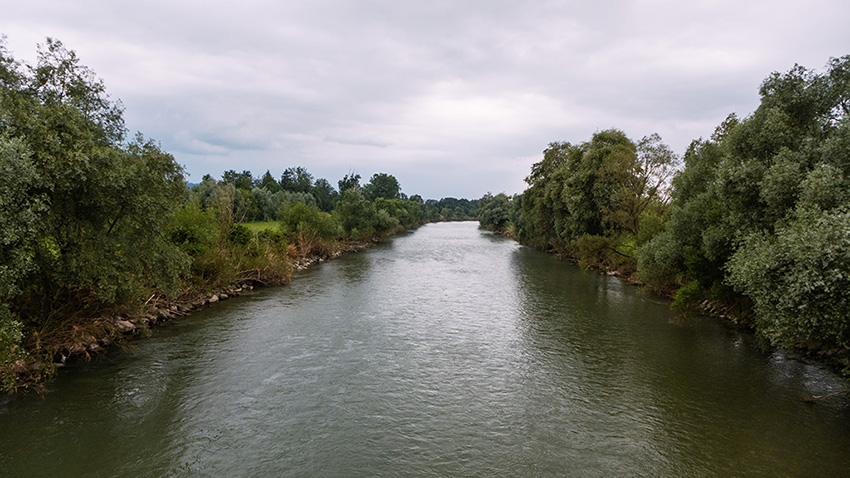

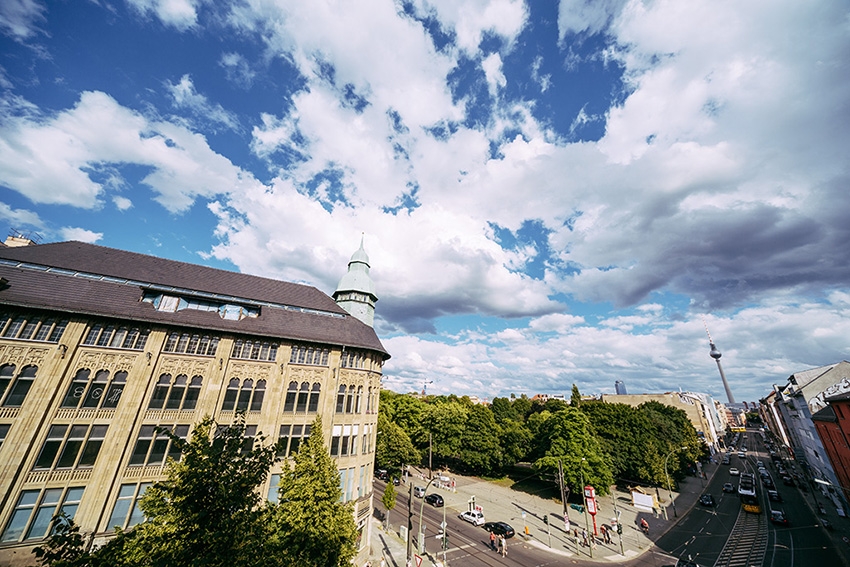


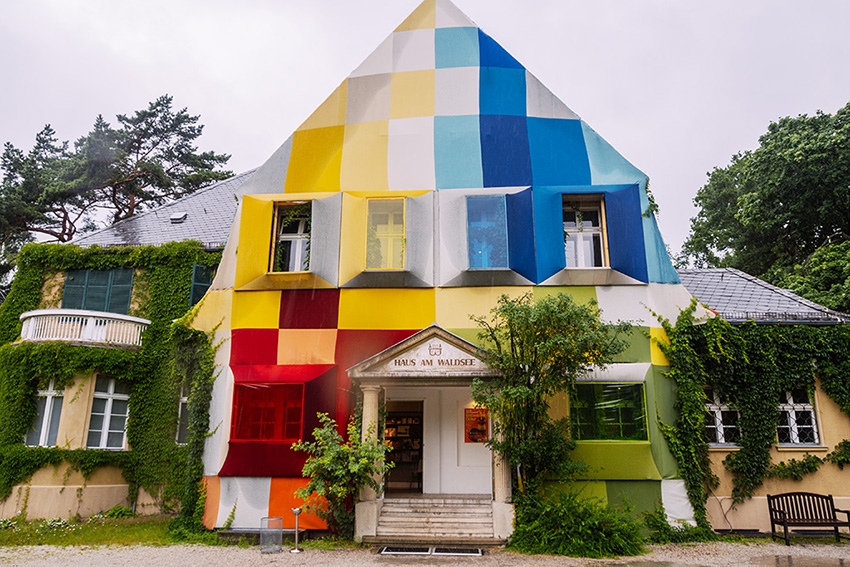


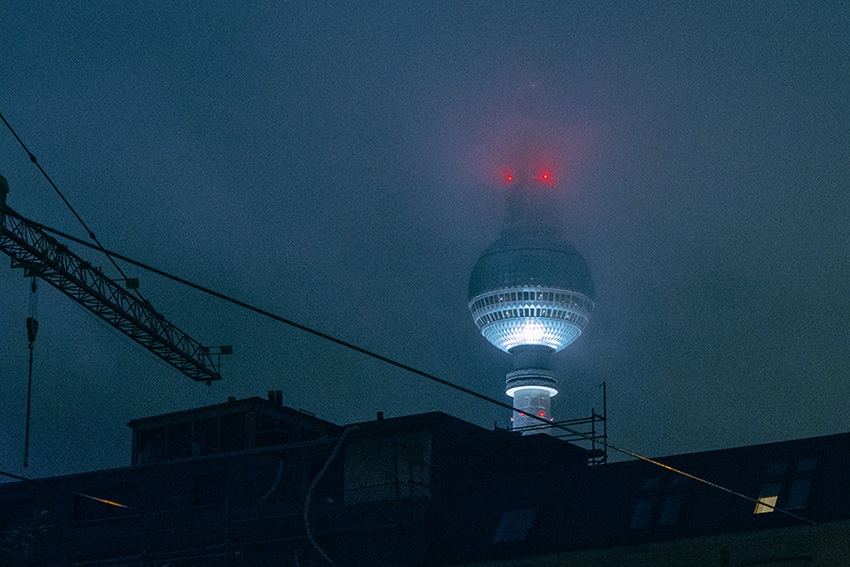

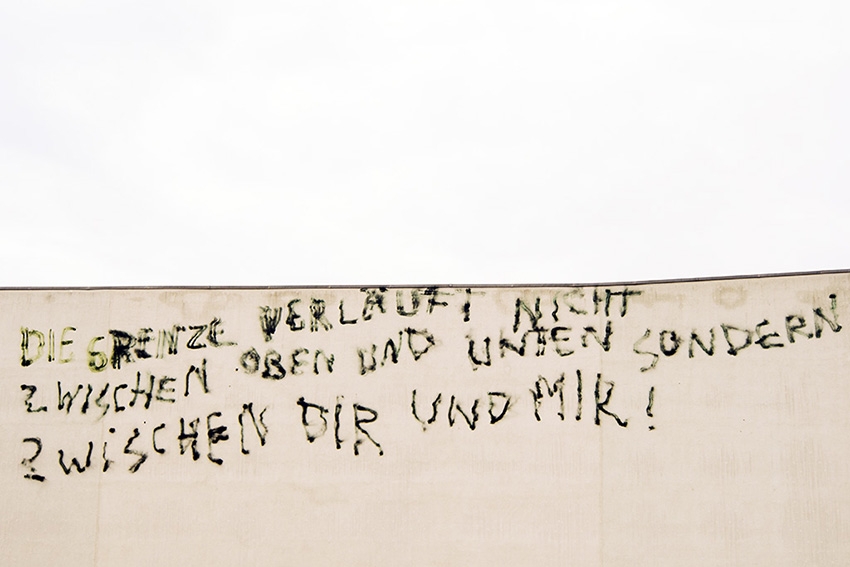
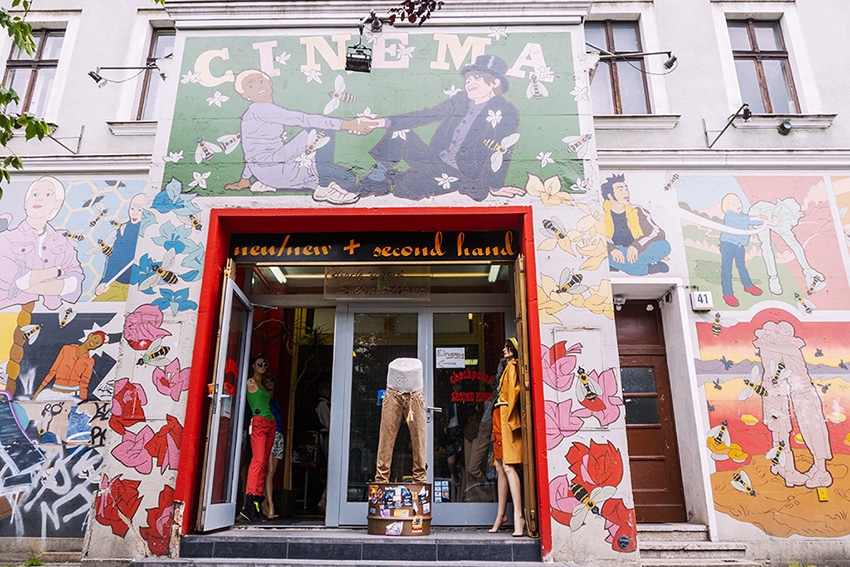
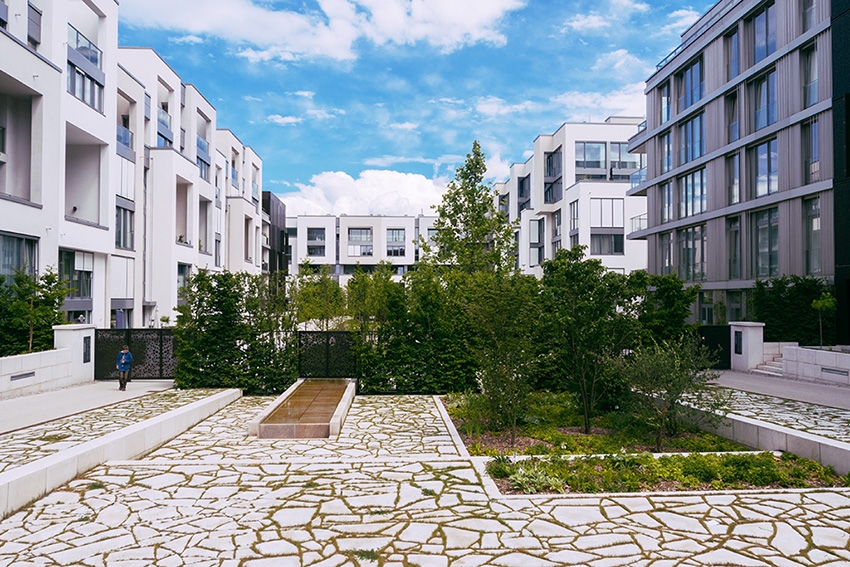
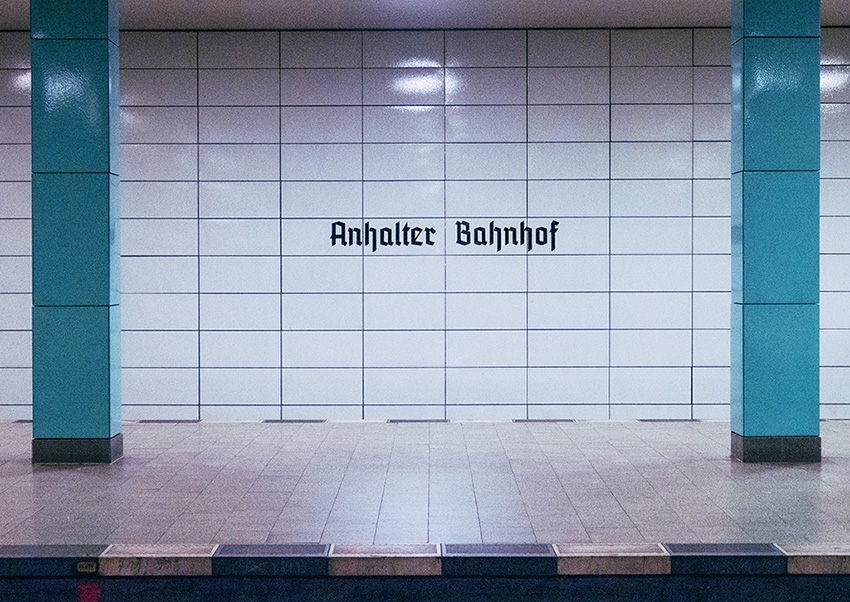
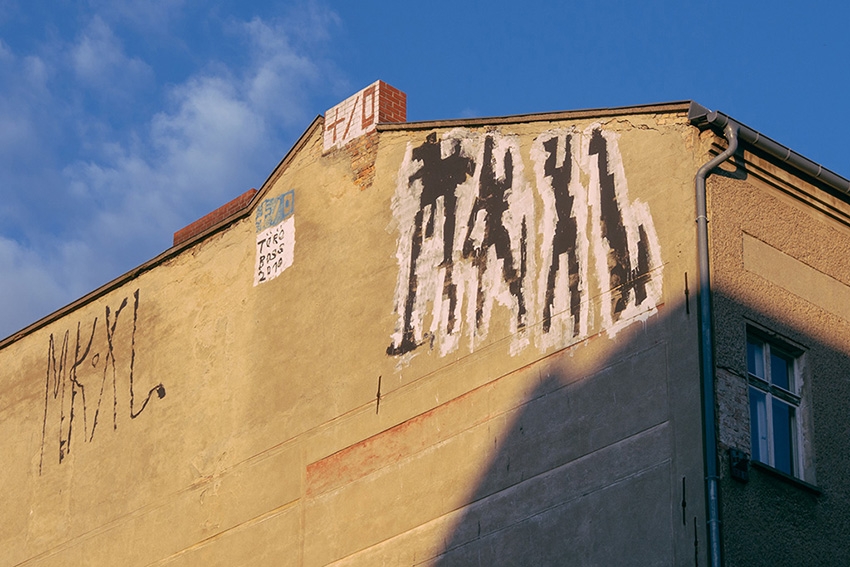



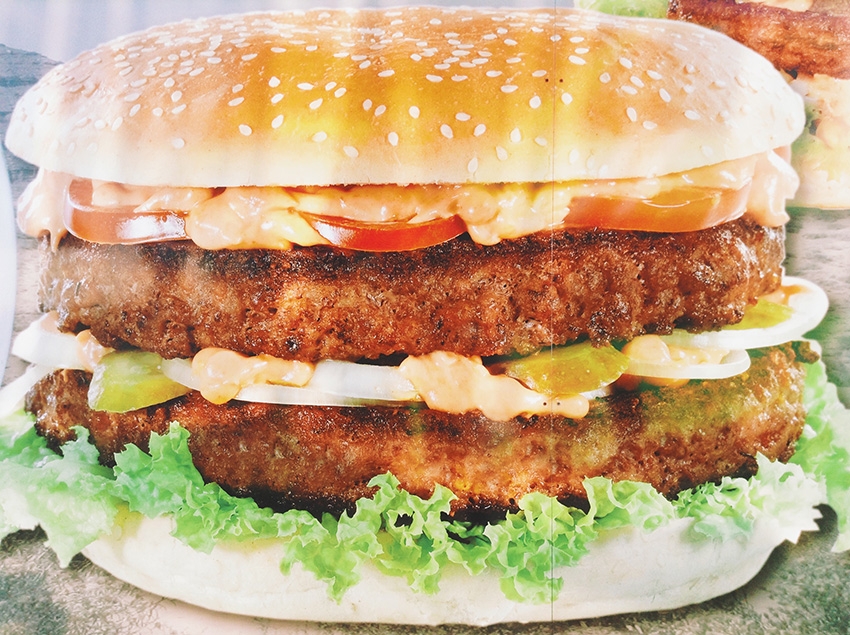



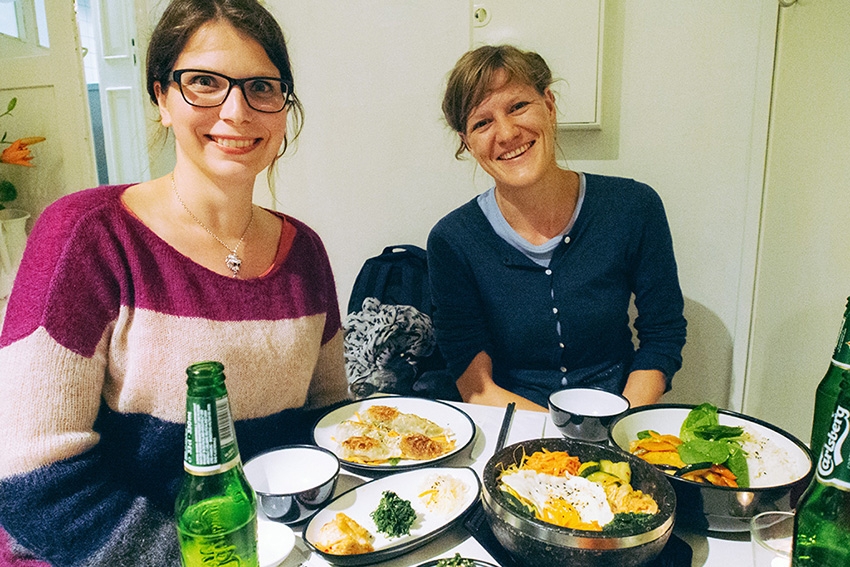
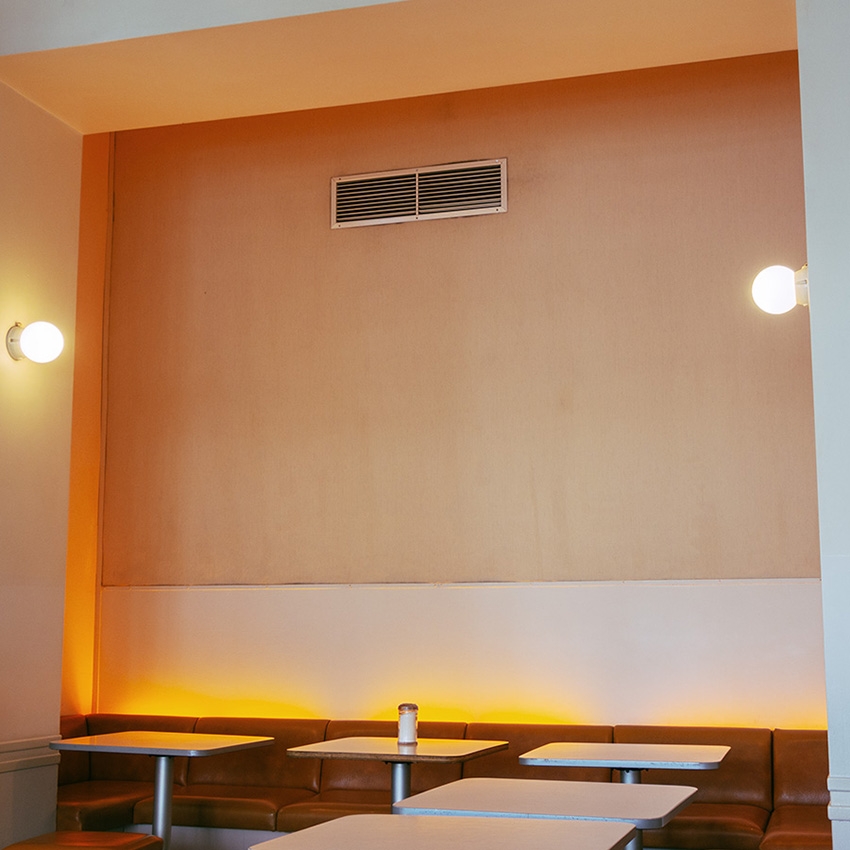
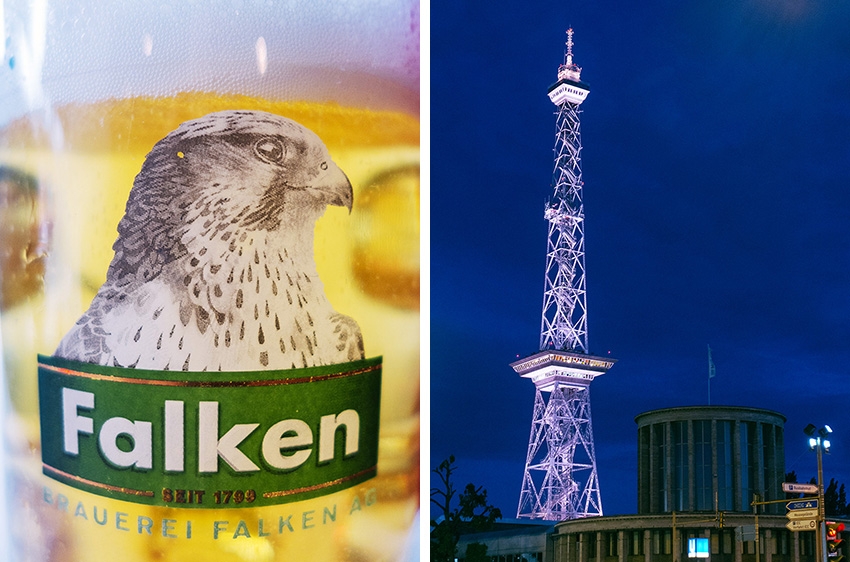
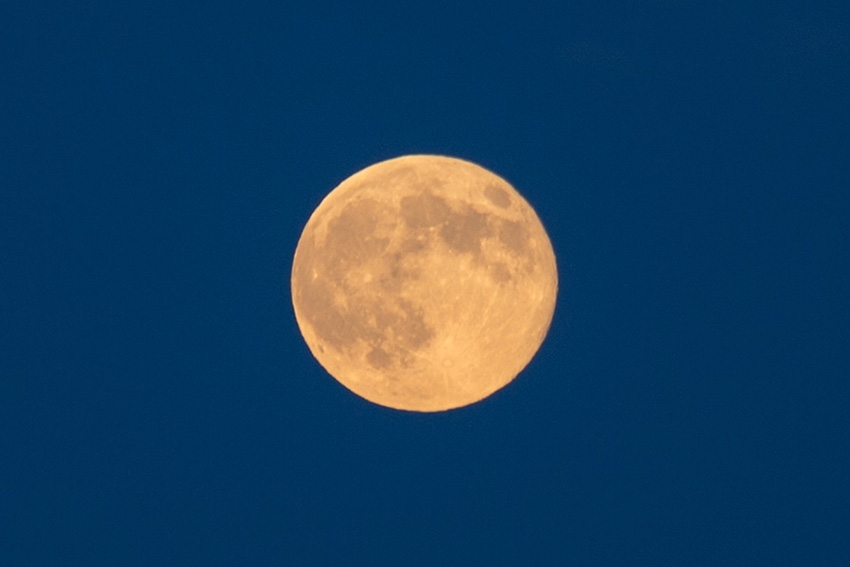
Hope to write some legal article tomorrow, see you later ...
KIKI
Die folgenden Äußerungen sind aus einem facebook-thread, den ich Anfang diesen Jahres eröffnet und eigentlich ausschließlich selbst geführt habe, in einer Zeit, in der ich sehr aktiv auf facebook war. Im Zusammenhang mit der Postkartenaktion zu Weihnachten hatte ich mich ohnehin ständig mit hunderten Leuten über facebook ausgetauscht und ich wollte auch im Hinblick auf NIKOLAIKIKI meine Positionen klar machen, an denen ich mich auch in Zukunft festhalten lassen möchte. Diese aktive Zeit war auch eine Art Befreiungsschlag für mich und es tat wahnsinnig gut, einfach einmal alles loszuwerden, was mir auf dem Herzen lag.
In Anlehnung an den "Wutbürger", der in Deutschland schon wieder völlig unberechtigt zu einer Art Schimpfwort 2012 geworden war, kam mir die Idee vom Tubürger, der quasi einen Schritt, den entscheidenden Schritt, weiter geht, seinen Worten Taten folgen lässt bzw. der die negative Energie, Frustration und dann Wut als Chance nutzt und mit konsequentem Handeln eine Veränderung tatsächlich herbeiführt. Der Tubürger ist in meinen Augen nötig, um wirklich die Verhältnisse, wie sie weltweit für Empörung sorgen, nachhaltig zu beeinflussen. Ich halte es für nach wie vor für möglich, dass sich unsere Gesellschaft weiterentwickelt, die Umweltzerstörung zurückgeht und ein mitfühlender, nachhaltigerer Lebenswandel geführt wird. Voraussetzung ist allerdings, dass man etwas tut, Gewohnheiten aufgibt, die gesamtgesellschatlich oder ökologisch schlecht sind, dass man lernt maßvoll zu sein, zu verzichten und anderen zu helfen, sich selbst nicht in den Vordergrund stellt, das gilt für alle, nicht nur für die normalen Arbeitnehmer, sondern insbesondere für die Wohlhabenden und großen Firmen und Konzerne.
Ich könnte jetzt noch ganz viel schreiben, stattdessen habe ich die ursprüngliche Liste des Tubürgers kopiert und hier eingefügt. Sie ist weder vollständig noch fehlerfrei, außerdem sind nicht alle Punkte aktives Tun, sondern ebenfalls Positionen, aus denen sich jedoch meist ein Handeln ableitet. Positionen, die ich damals vielleicht im Affekt geäußert habe, werde ich gegebenenfalls in Klammern kommentieren, ich bin mir allerdings relativ sicher, dass ich das meiste auch jetzt noch sagen würde. Mit Oli hatte ich schon damals die Idee, die Tubürger-Liste hier in das blog zu stellen und dazu aufzufordern, weitere Punkte hinzuzufügen. Irgendwann, wenn es ausreichend viele Punkte sind, könnte man daraus ein Buch machen, um diese Liste des Handelns einem weiteren Publikum zugänglich zu machen. Also, ich würde mich wirklich sehr freuen über weitere Handlungen, Aktivitäten, Positionen, Kritik und Anregungen um den Tubürger möglichst umfangreich und vollkommen zu machen im Hinblick auf eine bessere Gesellschaft und einen bewussteren Umgang mit der Natur. Hier erstmal die ursprüngliche Liste aus dem Januar ...
"Ich bin jetzt nicht mehr nur Wutbürger, ich bin Tubürger!
(...) was tust du?
Gestern um 18:36 via Handy · Gefällt mir
Nikolai Sperling Oh, lange Liste, willste hören?
Gestern um 18:37 · Gefällt mir
(...) unbedingt!
Gestern um 18:37 via Handy · Gefällt mir
Nikolai Sperling Puh ...
Gestern um 18:38 · Gefällt mir
Nikolai Sperling Ich tu mich informieren ...
Gestern um 18:38 · Gefällt mir
Nikolai Sperling Ich tu das überprüfen ...
Gestern um 18:39 · Gefällt mir
Nikolai Sperling Ich tu versuchen, danach zu handeln, heißt ...
Gestern um 18:39 · Gefällt mir
Nikolai Sperling Ich tu Strom von Naturstrom kriegen ...
vor 21 Stunden · Bearbeitet · Gefällt mir
...
Der Übersichtlichkeit halber habe ich die Liste in die comments verschoben (es ist nicht wirklich übersichtlicher, die Liste ist aber einfach zu lang für das blog, anders lässt es sich leider nicht darstellen). Ich würde mich sehr freuen über weitere Handlungen, Aktivitäten, Maßnahmen, Positionen, Ideen, Kritik und Anregungen ...
KIKI
Hi there, first I have to say that I changed plans a bit because I will sometimes not be able to stick with the topic to the exact same day every week. I found it especially impossible to write legal articles without my books at hand, for example when I'm travelling. So as this blog focuses on photography there will be some weeks where I post more articles with new photos and those related to cameras and techniques. I will try, though, to switch to society and law in other weeks therefor a bit more.
Today I want to talk about digital noise and why it is important to modern photography. First of all, what is digital noise? Digital noise appears in digital photos sometimes when there is not enough light available, mostly in dim situations or at night. You can easily spot it in a photo as colour blotches and grittiness, the images is not as clean as those photos taken in bright daylight.
Why is it that way? You can compare digital noise to the grain in film photography. The bigger the grain in film was, the more sensitive it was to light, so the dimmer the surrounding could be in which you were going to take a sharp photo in. In digital cameras the film is replaced by a digital sensor of different sizes, actually a silicon chip with millions of little pixels, themselves comparable to the grain in film. Film sensitivities are expressed in ISO values, that's the same in digital. The higher the number the more sensitive now the digital sensor. ISO values normally alter in doubling steps, f.e. shooting in daylight is perfectly fine with ISO 100 with every possible camera. ISO 200 f.e. is double the sensitivity of ISO 100, so you can shoot with half the available light or with double the shutter speeds. It's getting interesting when you need to change to settings of ISO 1600 and above, because then big DSLR have a clear edge in image noise. But are the pixels getting bigger, too, like the film grain with rising sensitivity? No, they stay the same size, the higher sensitivity is achieved by amplifying the signal the sensor reads out from each pixel that collects the light. Complicated? Well, it's actually quite simple. Compare it to an audio amplifier. When you had a really muted recording on a Compact Cassette you had to increase the volume of the amplifier, that way the noise was getting louder, too. With a digital sensor it's the same, when you have only very little light available and recorded by the sensor, it needs to be amplified a lot. That way all steps during digital image processing that add noise to the image get amplified as well, for example the noise from the circuitry of the sensor, from heat, base noise levels and more.
Put simple, the lower the light the noisier the image. What can you do about it? First, to be honest, noise has never really been a problem for me, in film more grain could even add some atmosphere to the image and I find myself delibirately adding grain afterwards to an image that was clean in the first place. People are different, though, and there are situations where noise is not desired, for example in the church when you shoot the wedding couple kissing. It's always great to bring back clean images from situations you wouldn't have thought they were possible. Still, it's always a question of personal acceptance. Higher sensitivities also allow for higher shutter speeds, needed to freeze people's motions. Shooting in a dark room without flash you need very high ISO values to retain fast enough shutter speeds to not get blurry images. Image stabilizers for example let you shoot stationary subjects with longer shutter speeds but they can't help when shooting people in dim light.
On the other hand it really depends on when you find noise in an image obtrusive. Women often don't care about things like noise and I have to agree, when you take a great photo its noise levels become secondary. Still, easy things to consider when chosing a camera and lens combination to shoot people in dim light are: The bigger the sensor the lower the noise levels, DSLRs have sensors sometimes 10 or 20 times larger than a normal point and shoot. I show you what I mean. The following images are taken with a premium compact, a Panasonic LX7, that has a bigger sensor than normal compacts (7,44mm vs. 6,17mm) and a DSLR, a Canon 5D Mark III with a sensor 21 times bigger (36mm). Both where shot at the same shutter speeds, aperture levels and a very high sensitivity of ISO 3200. The above image is from the point and shoot, the lower one from the DSLR ...
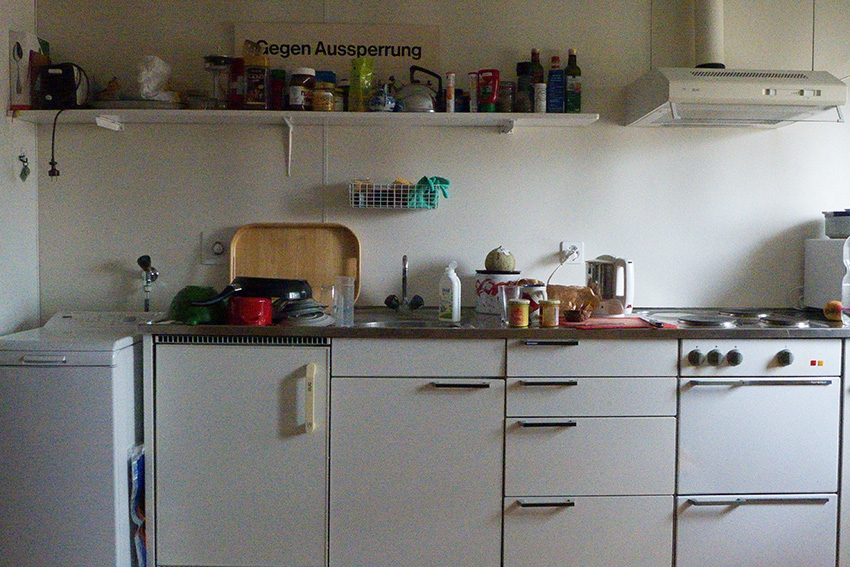
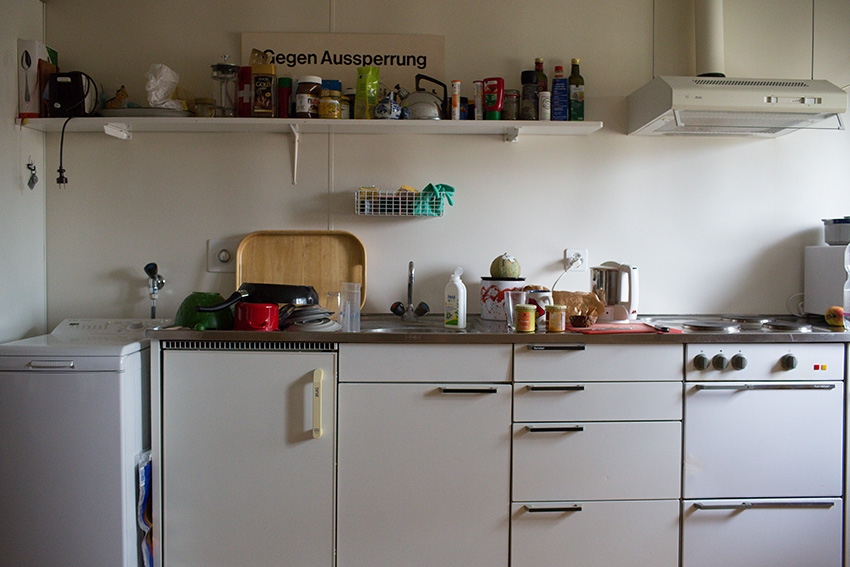
And here are the two at a pixel level ...
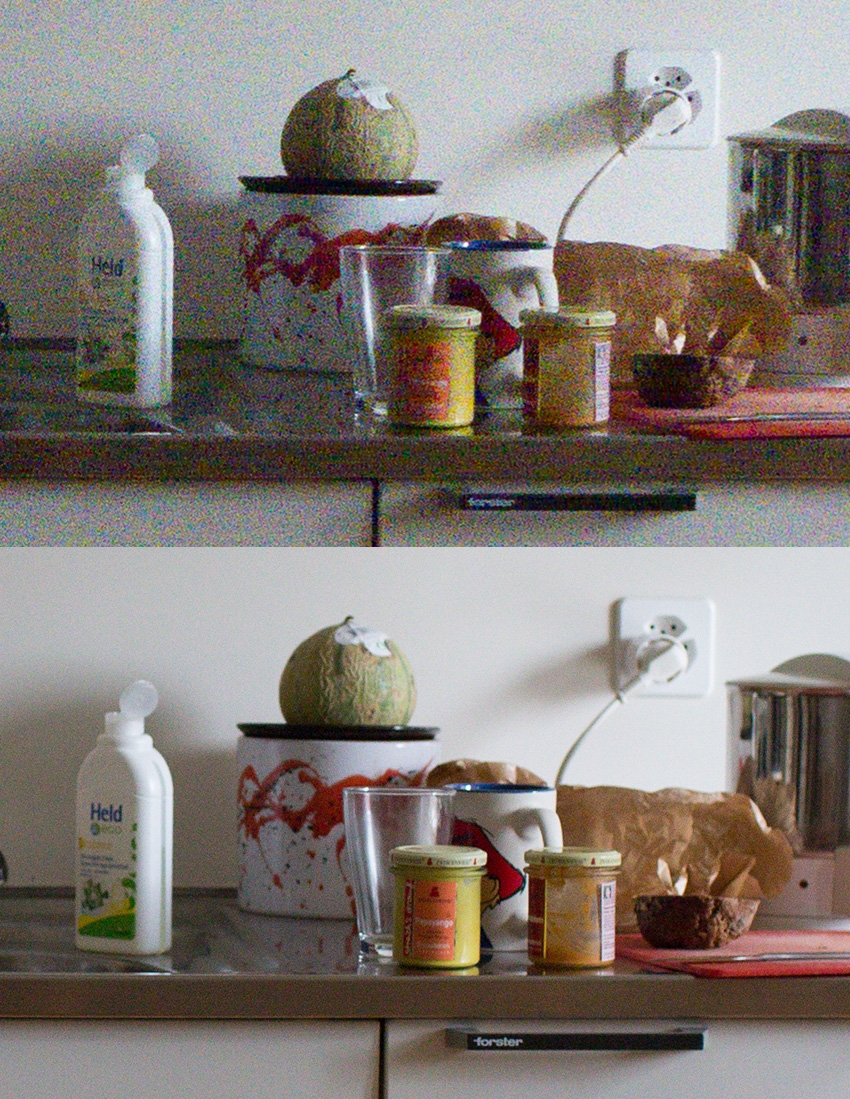
As you can see you get much cleaner images with a big camera. But you can also make great images with a small one, it lies in the eye of the beholder. To give you a perspective I will shoot the Canon with an ISO level of 25600, 8 times more sensitive to light, have a look how they compare now ...
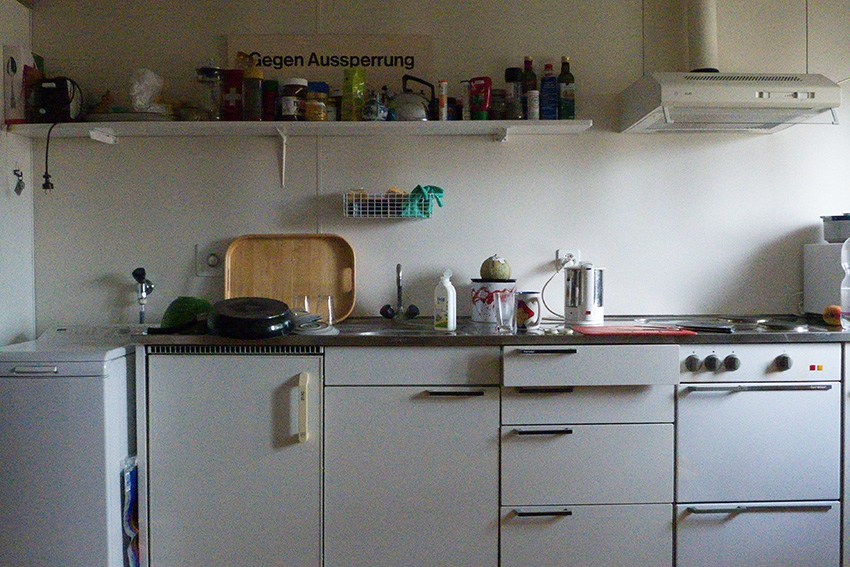
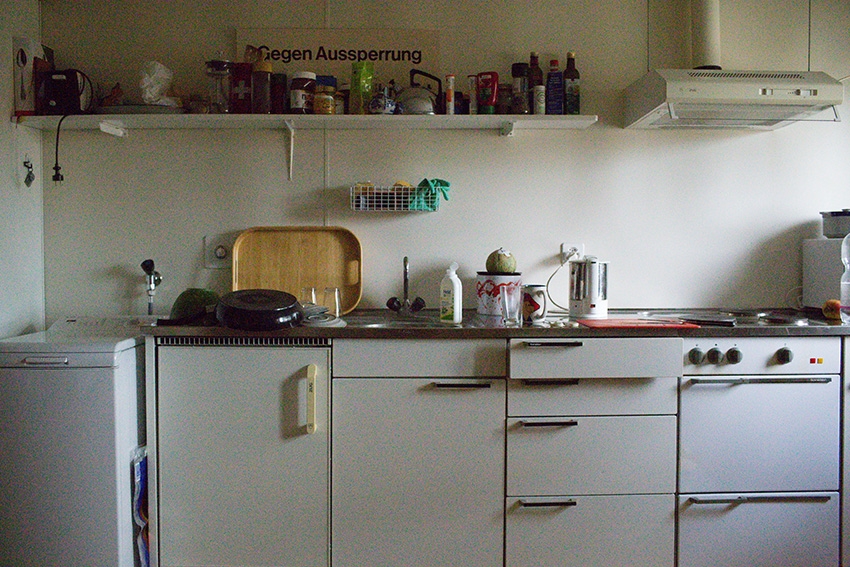
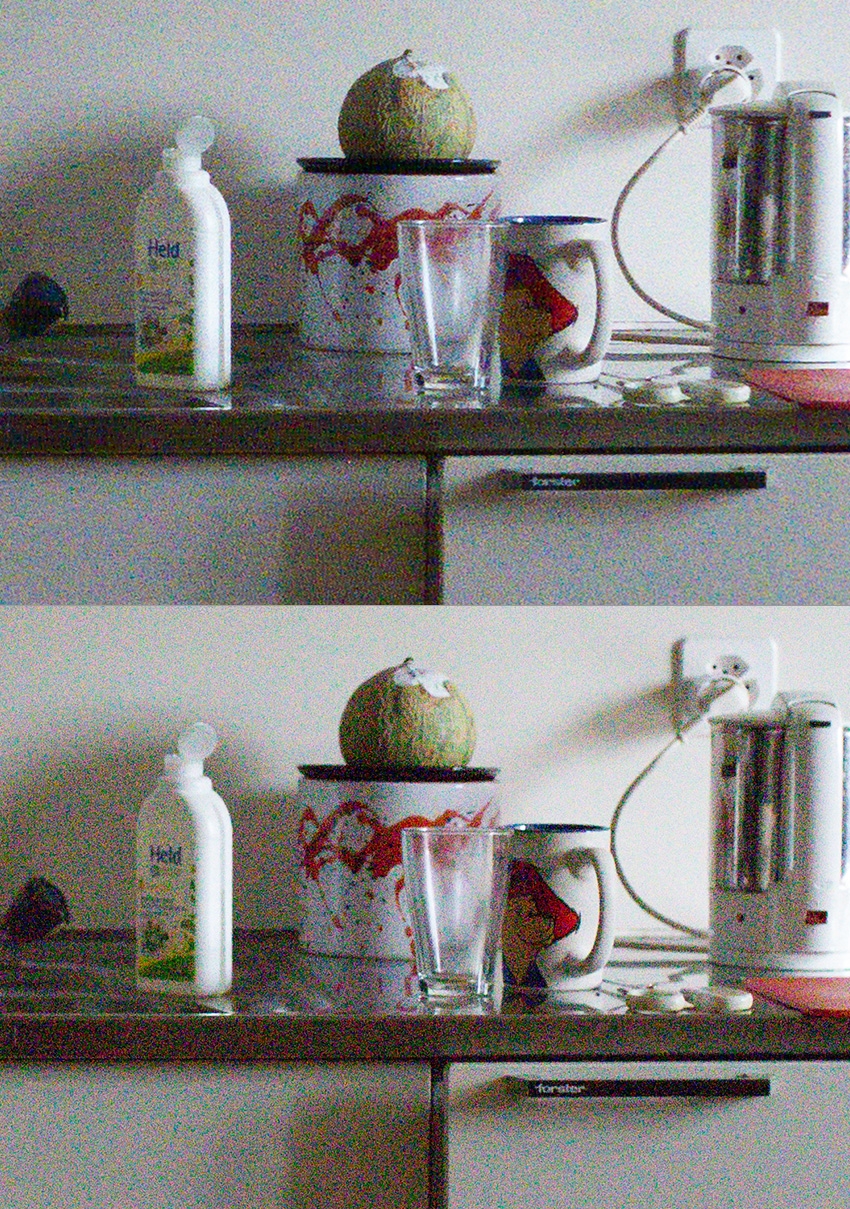
Noise levels are quite comparable with the 5D being sharper because it got more pixels. Referring to noise this means you can shoot with the same shutter speed in light levels 8 times darker or you can shoot with 8 times the shutter speed in the same light levels, here a 1/400s with the LX7 and a 1/3200s with the 5D. Pretty cool, huh!?
Second very important thing to consider for noise free images are fast lenses. Most zoom lenses already start slow and get even slower when zooming in. By slow I mean the shutter speed needed to let in the same light to the sensor. Those zooms often start at an aperture value of f/4 and slow down to f/5.6. What does that mean? Well, I will talk about shutter speeds and apertures another time but imagine the aperture of a lens as the pupil in the human eye, the smaller the pupil the less light gets in or the lower the light the bigger the pupil gets. It's the same with lenses, different lenses have different maximum aperture values, slow zoom lenses being quite dark. When you shoot in dim light you need slow shutter speeds to compensate for the little light coming through the lens, thus you get blurrier images of people or you need to increase the ISO level and get noisier images. Take a fast prime lens and you get more light to hit the sensor, that way you can retain fast enough shutter speeds to freeze people's motions or/and need a lower ISO level and get less noisy images. For example when you zoom in your zoom lens to shoot a portrait your lens aperture becomes a quite small f/5.6 at 55mm. Take a 50mm prime lens, that only costs 120 €, you get an aperture value of f/1.8. That's over three times the aperture value compared to the zoom, means over 8 times more light comes through the lens, you may shoot in 8 times lower light levels with the same shutter speed or you can shoot with 8 times the shutter speed in the same light. This gives you the ability to shoot with lower ISO levels and still get faster shutter speeds to stop motion. For example, when you shoot your slow zoom at 55mm f/5.6 with ISO 3200 in a bar your shutter speed could be a slow 1/30s, too slow to freeze motion and also too slow to compensate for camera shake. If you put on your 50mm prime and shoot at f/1.8 you could alter shutter speed to a 1/80s, fast enough to freeze motion in portraits and fast enough to compensate for camera shake. And you can set the ISO down to 800 and still get the same bright images as with the zoom with much less noise in it. Cool, eh? So, if you don't like noise, buy a camera with a big sensor and a fast lens and you're set to shoot in dim light without flash.
Alright, now you should understand what digital noise means and what effect it has on your images.
See you next time
KIKI